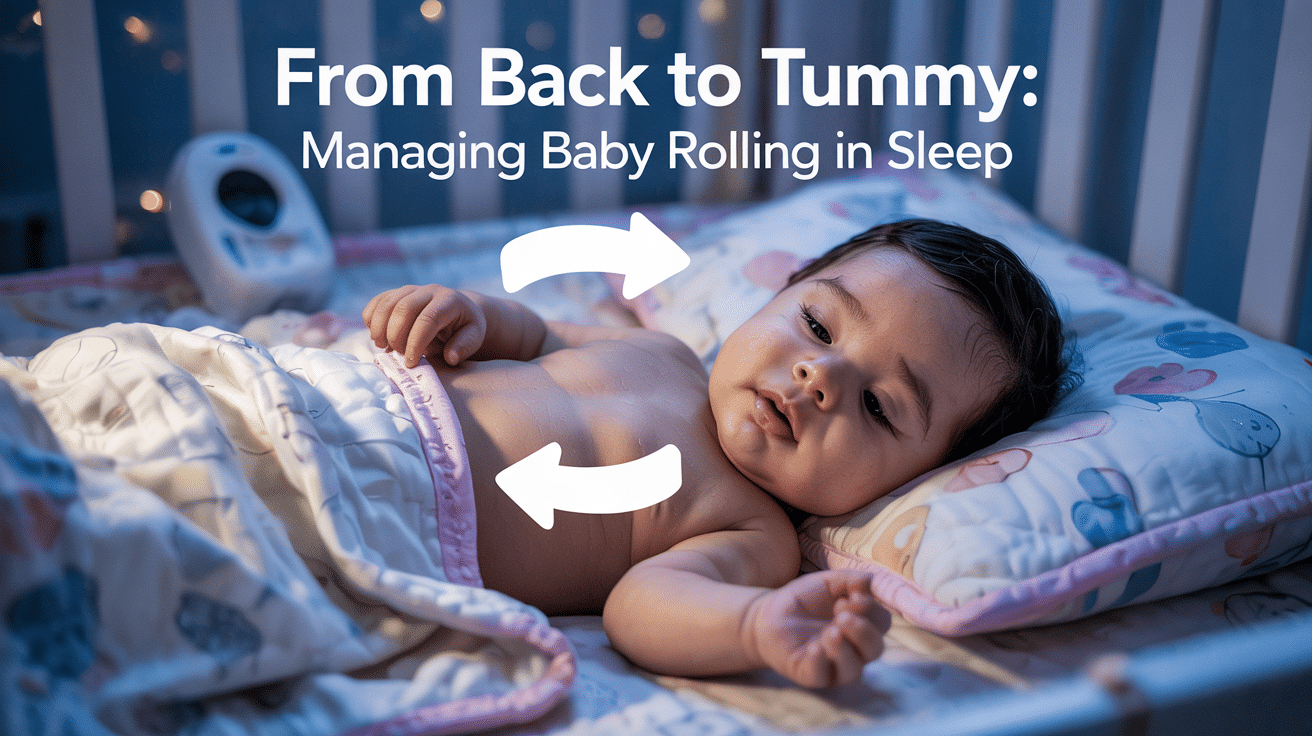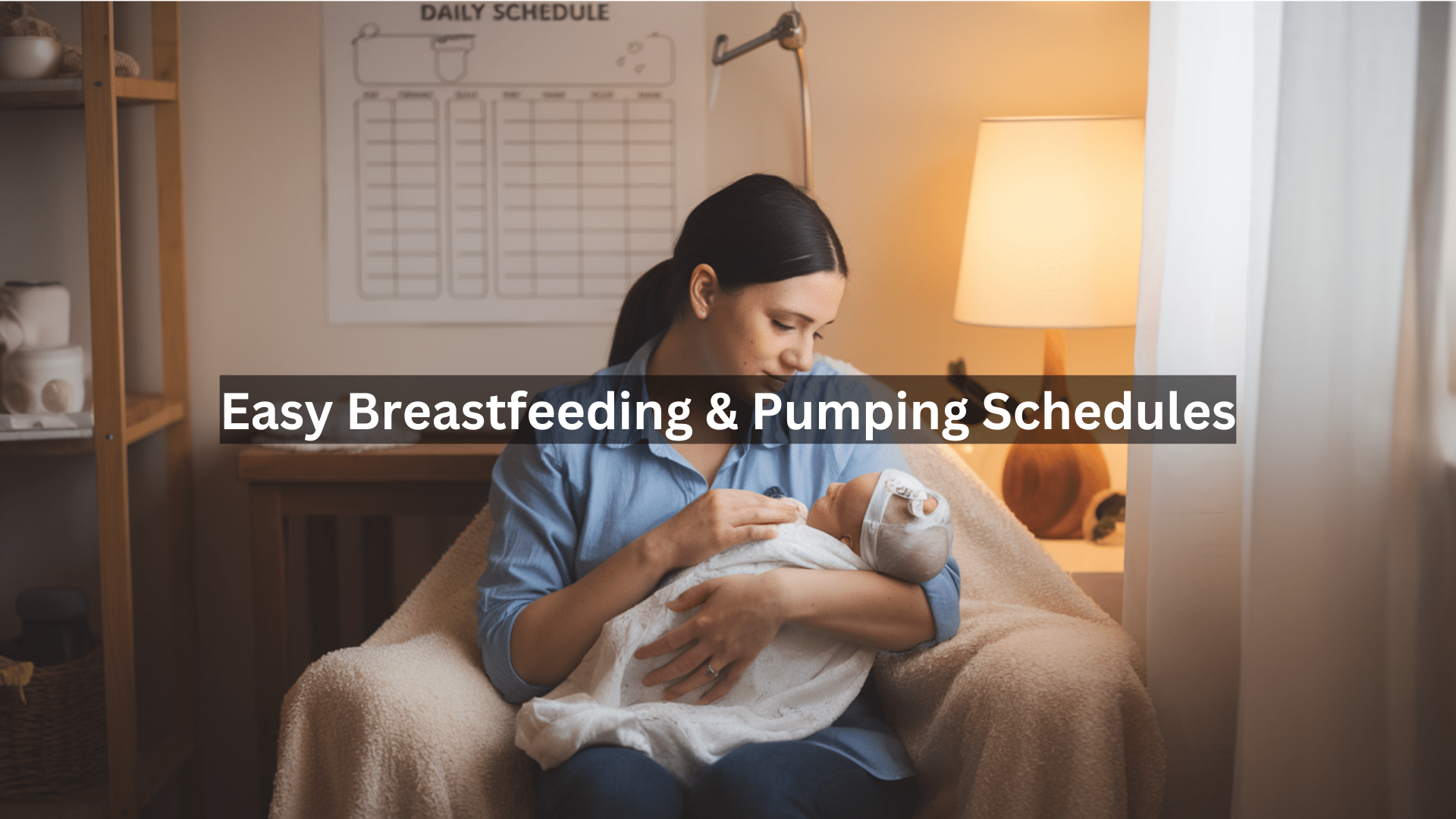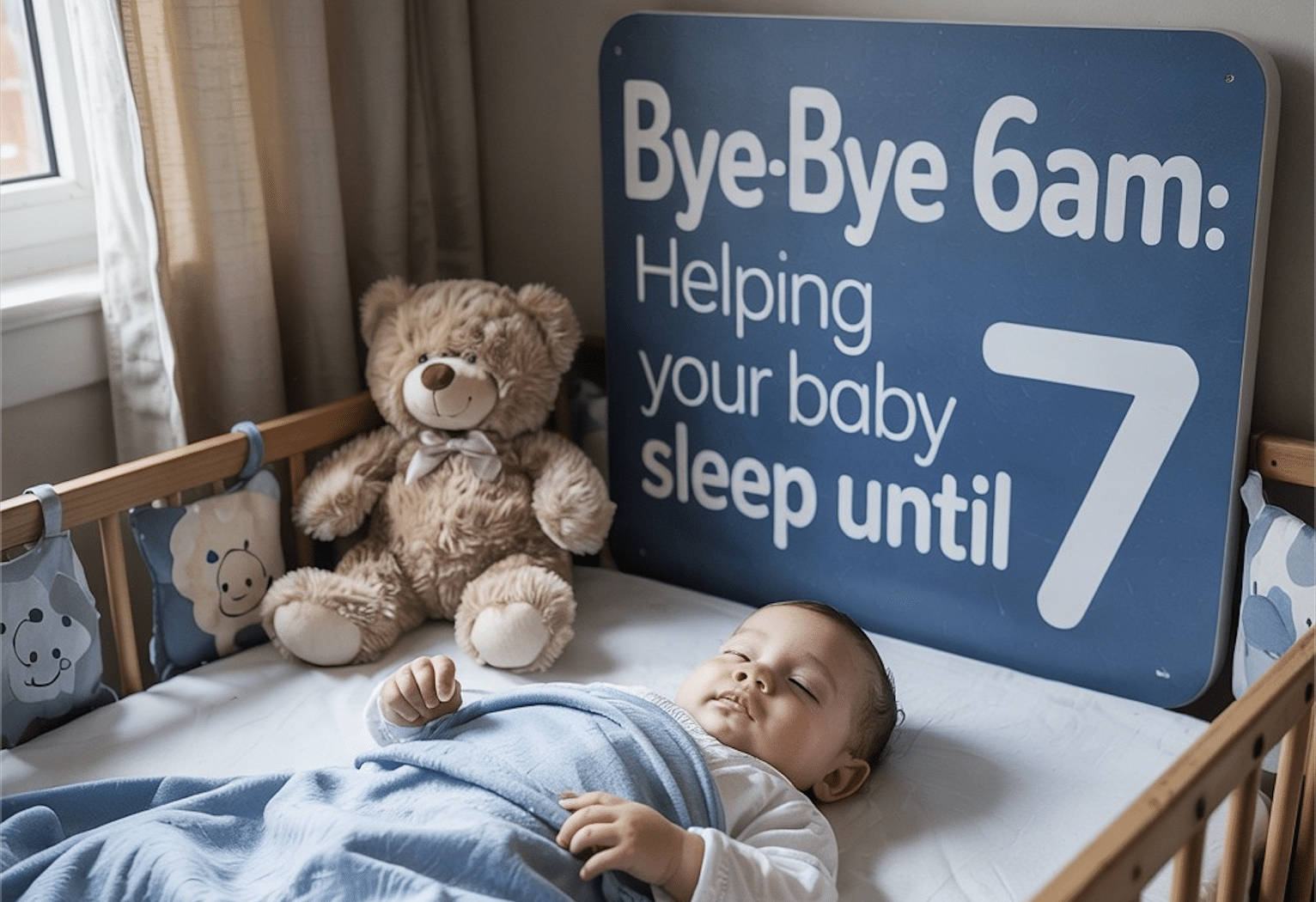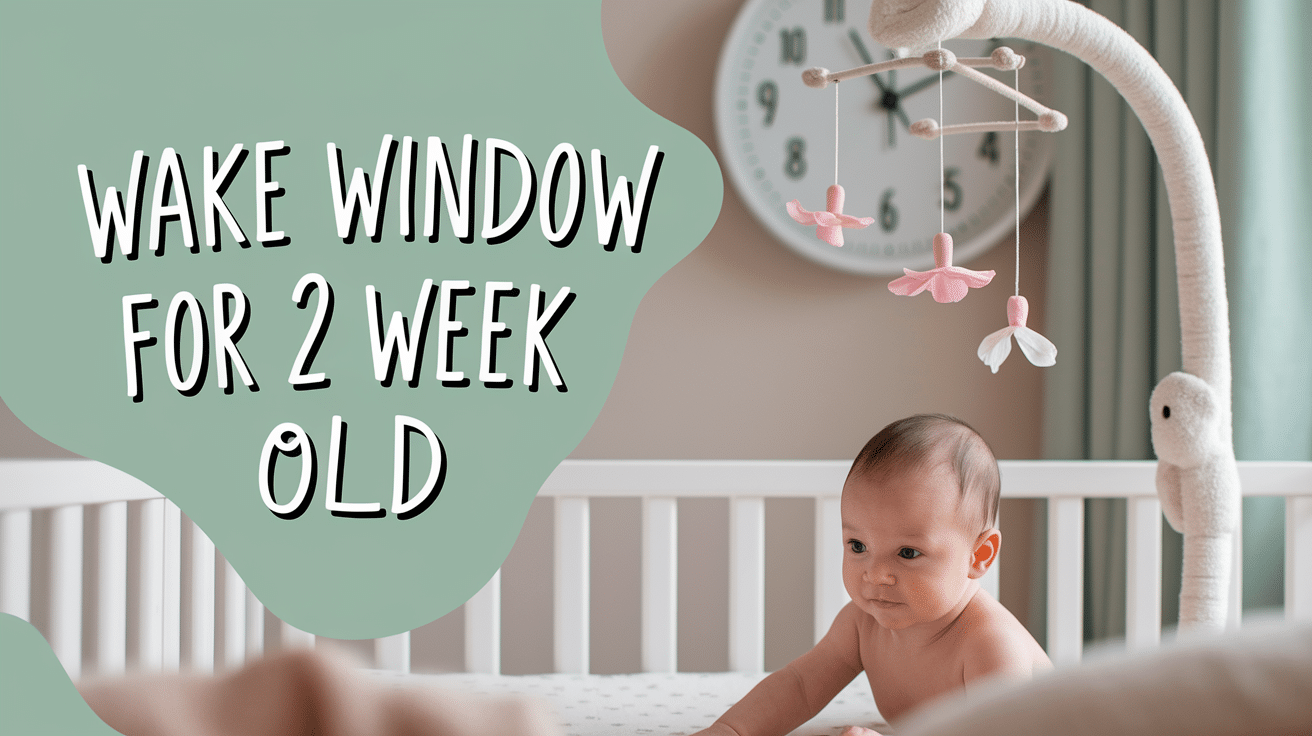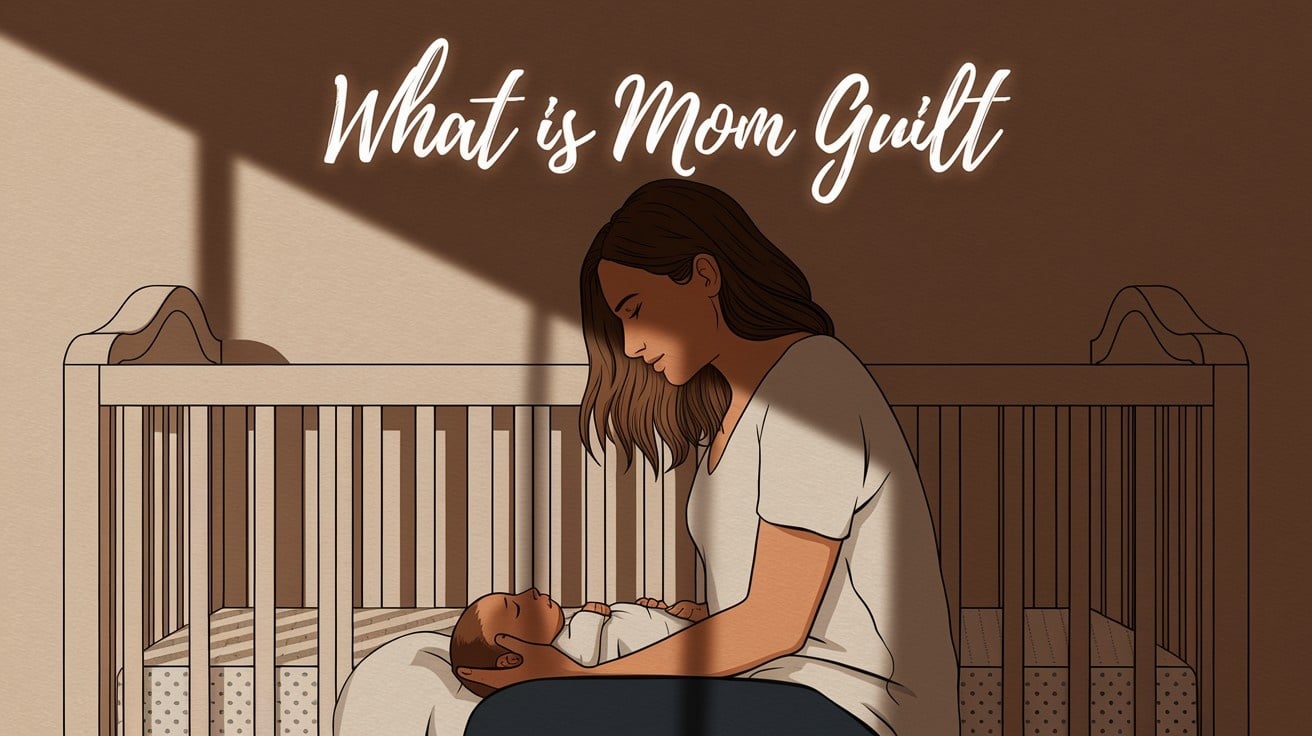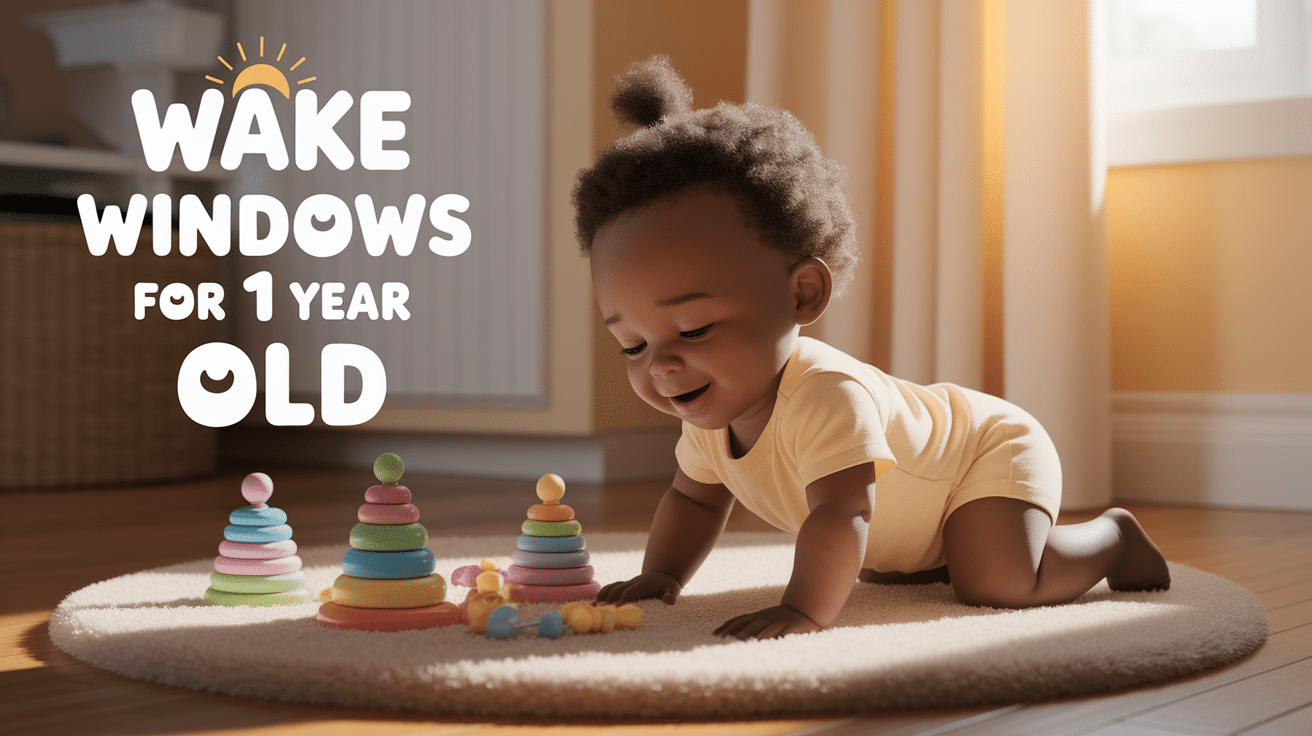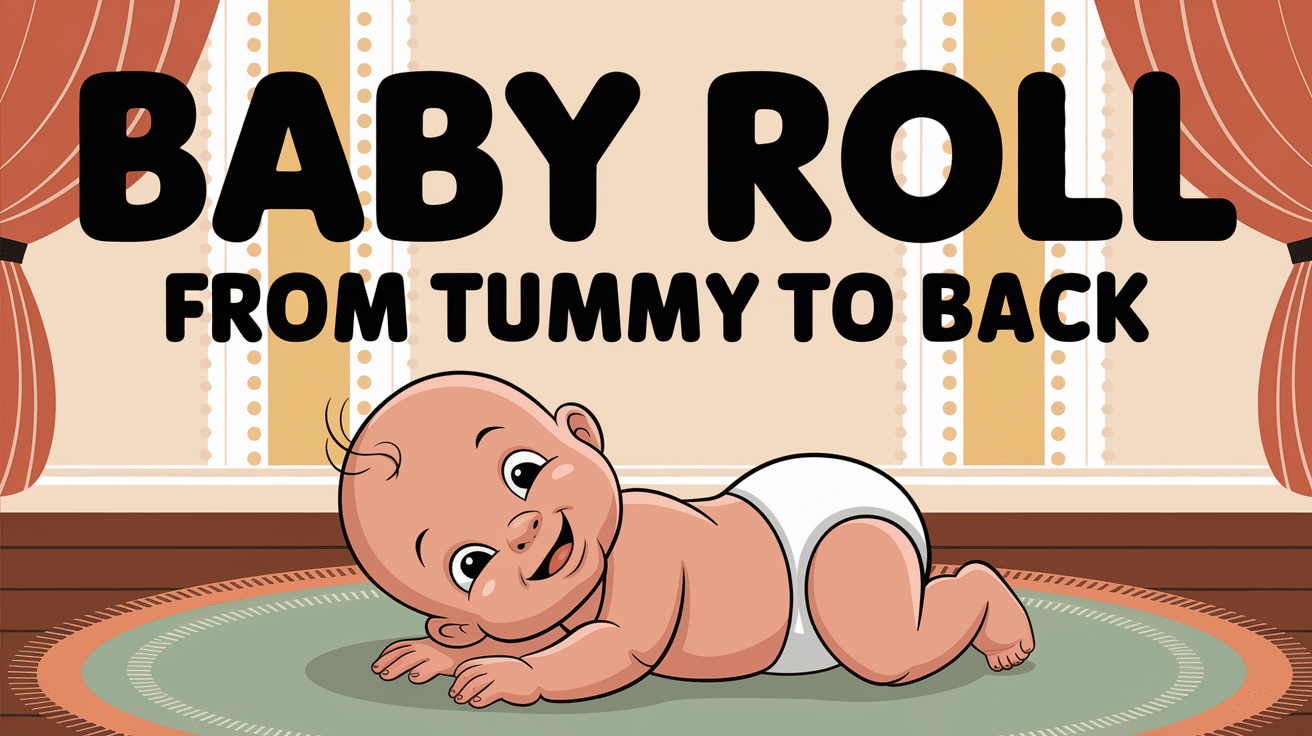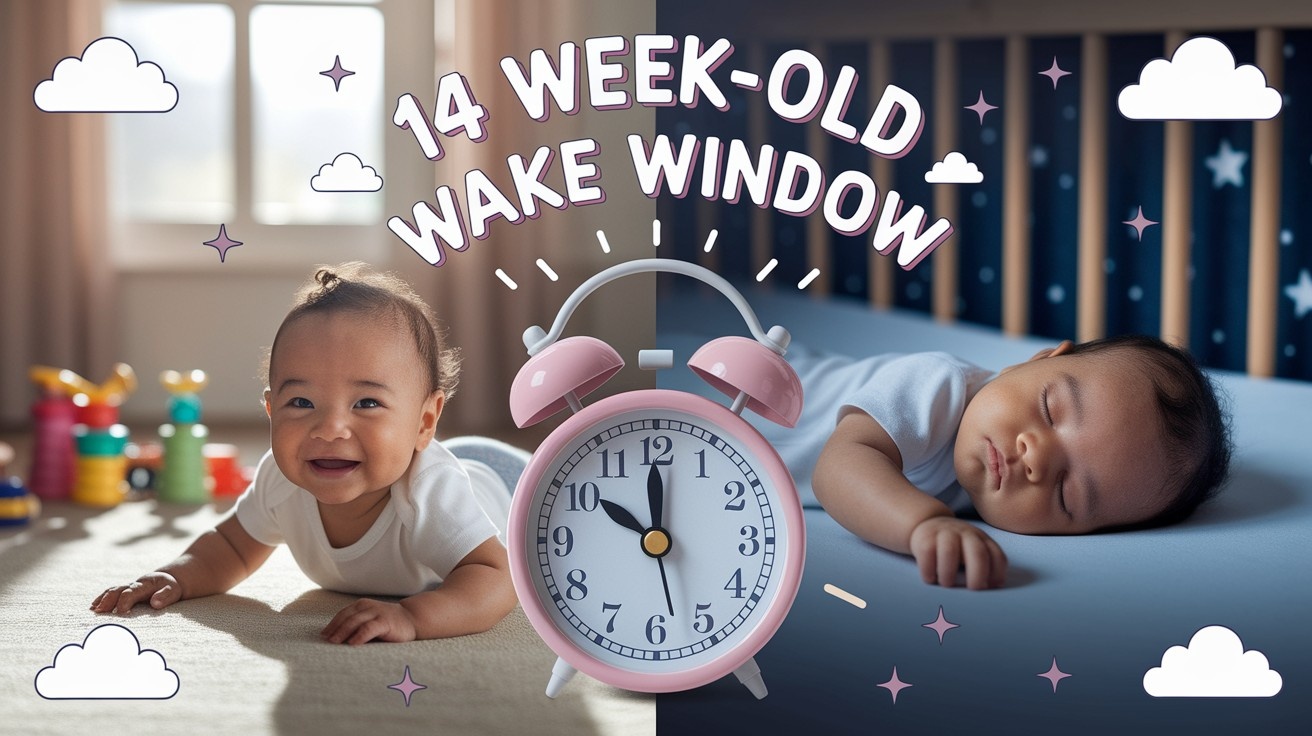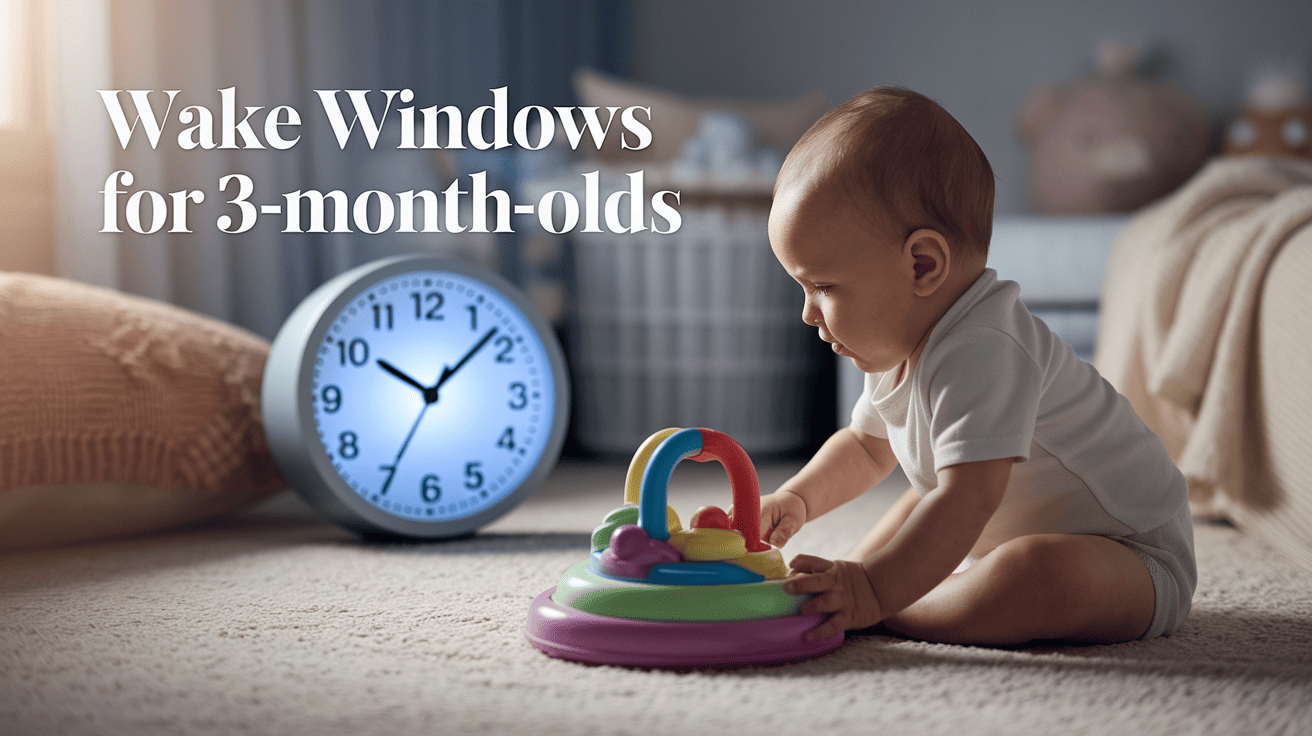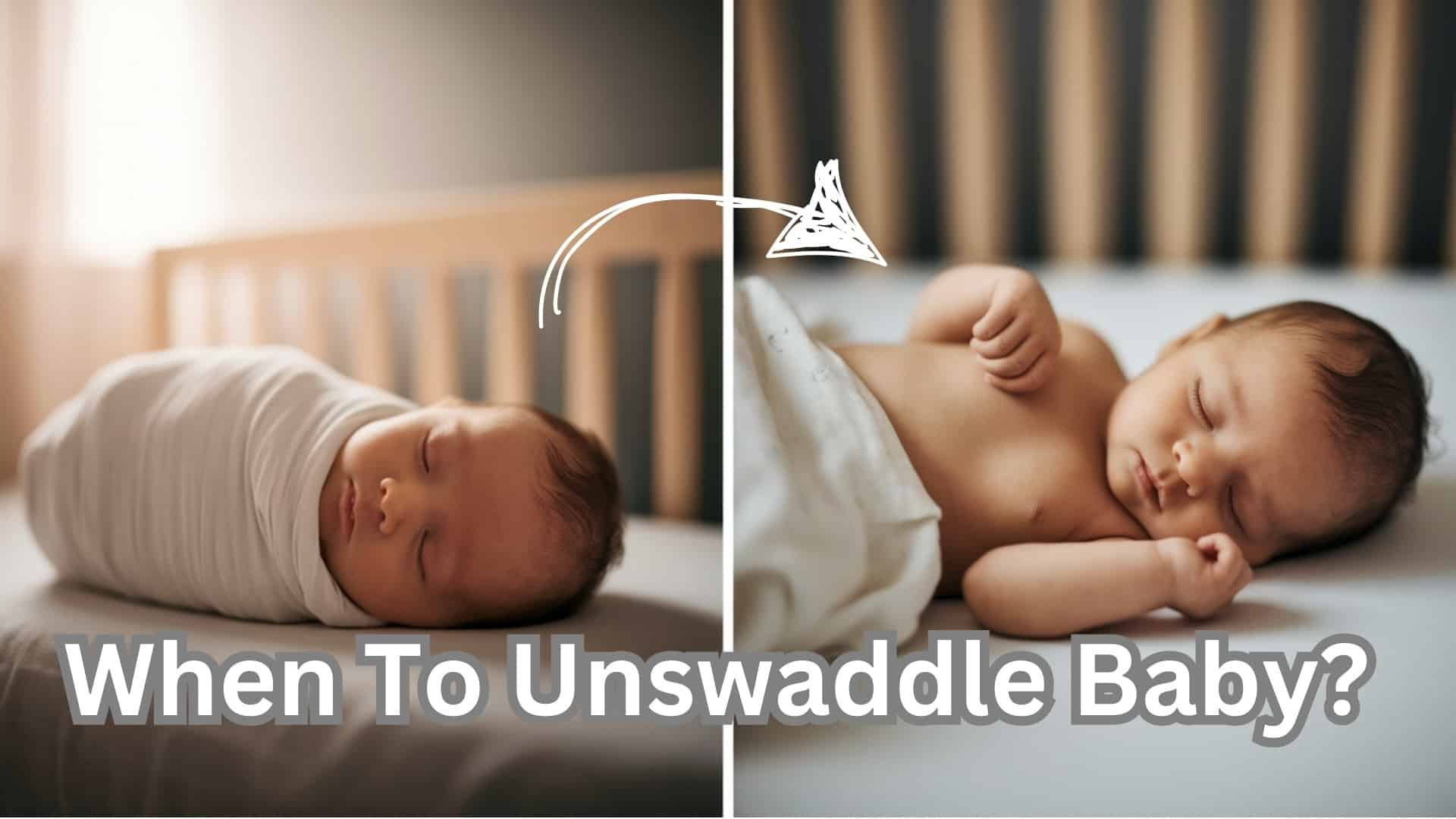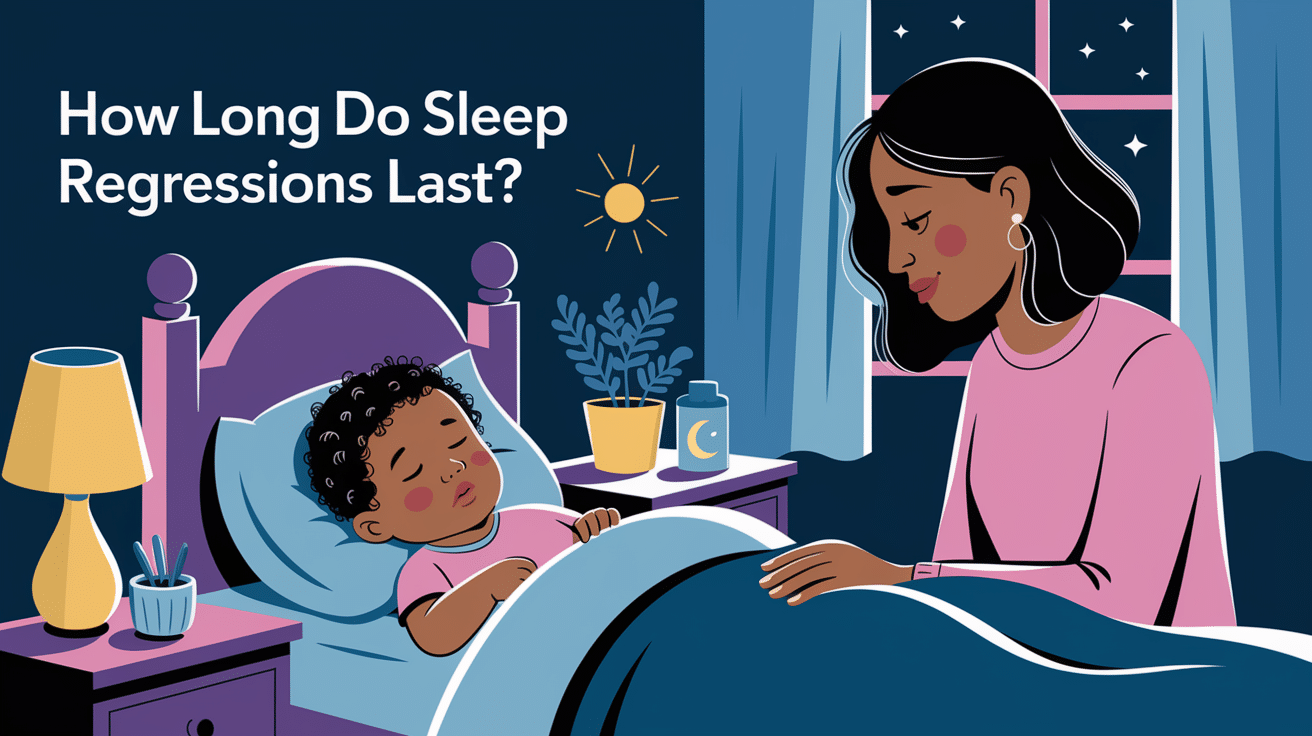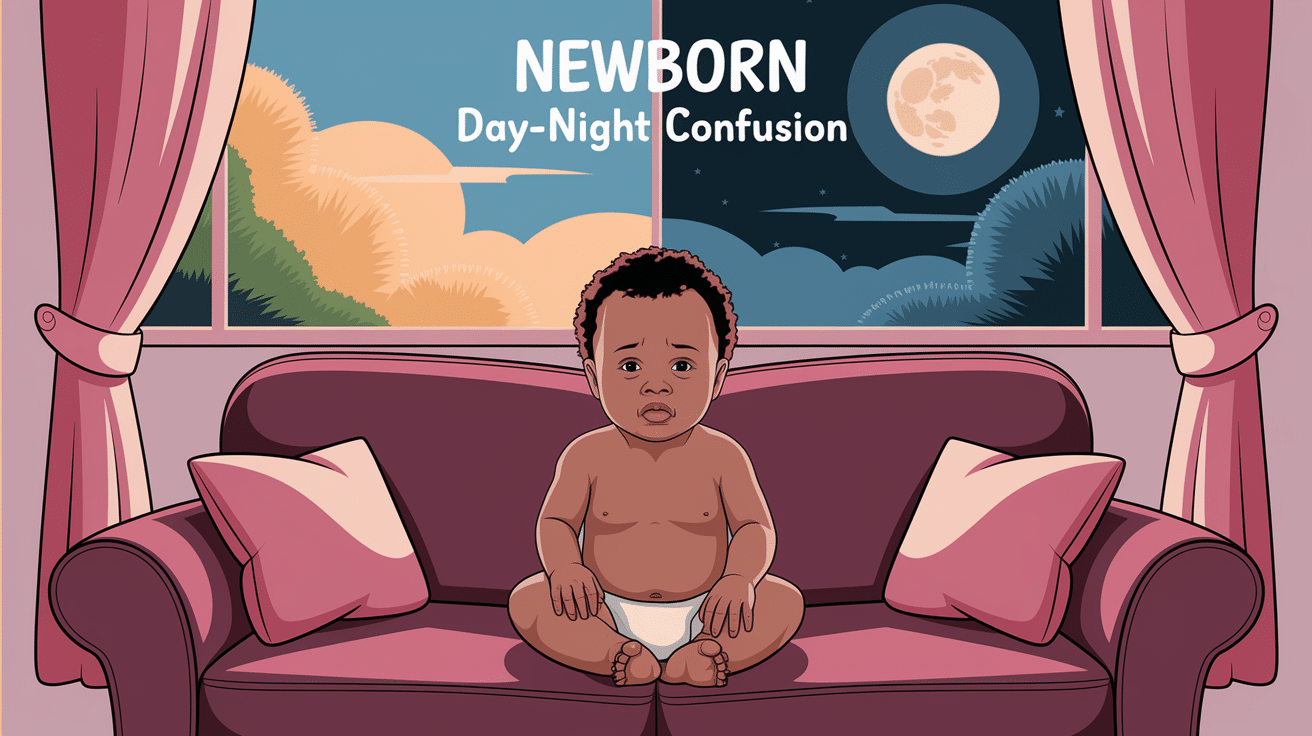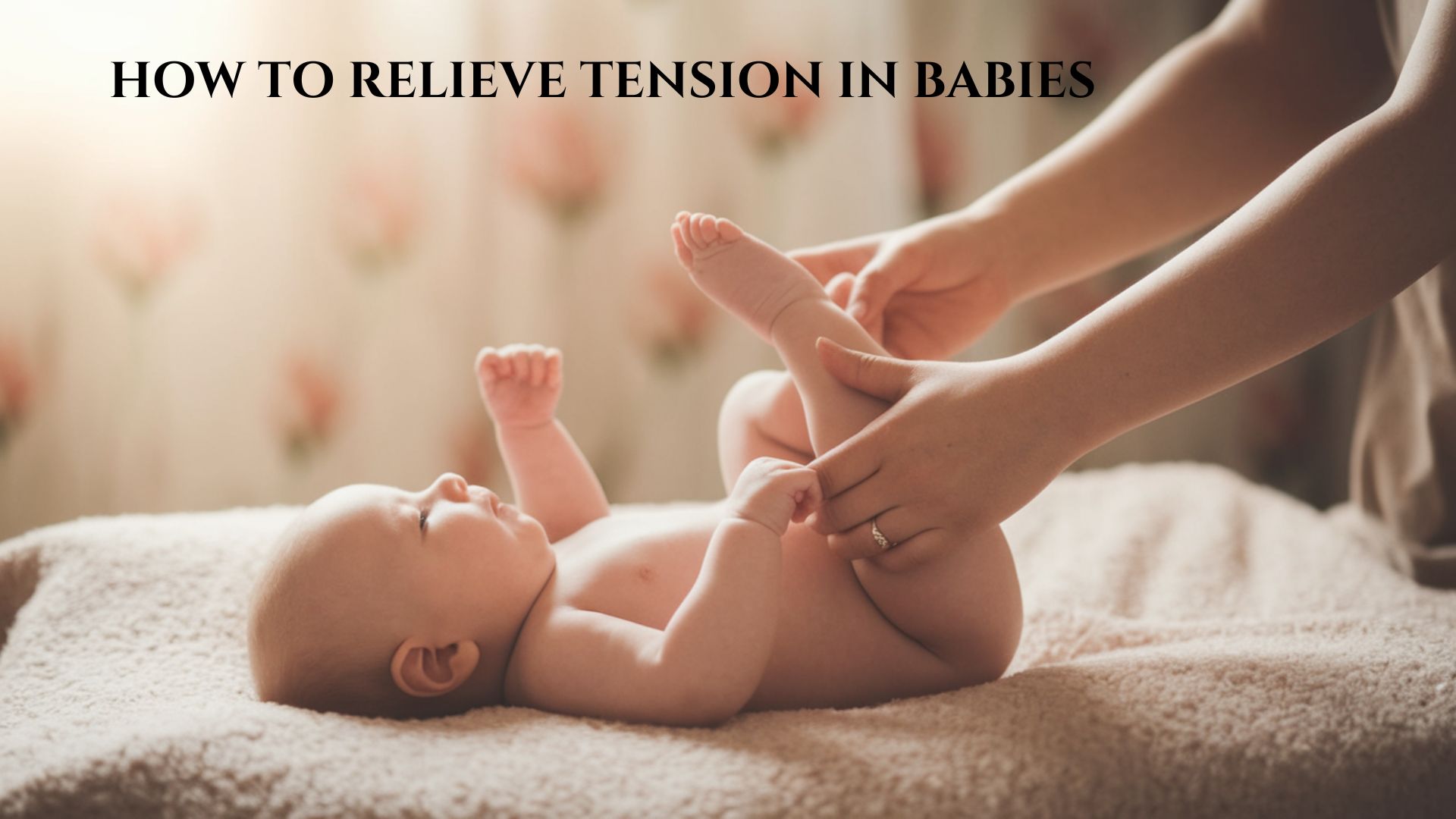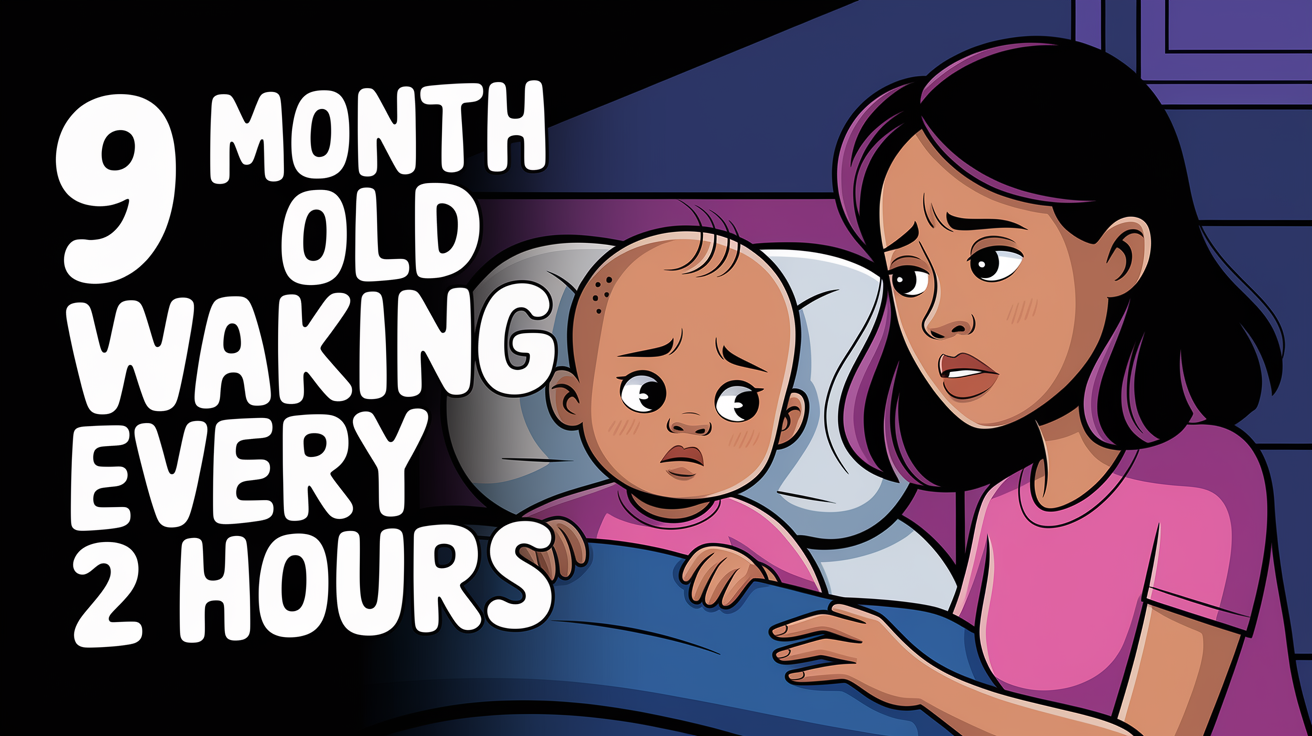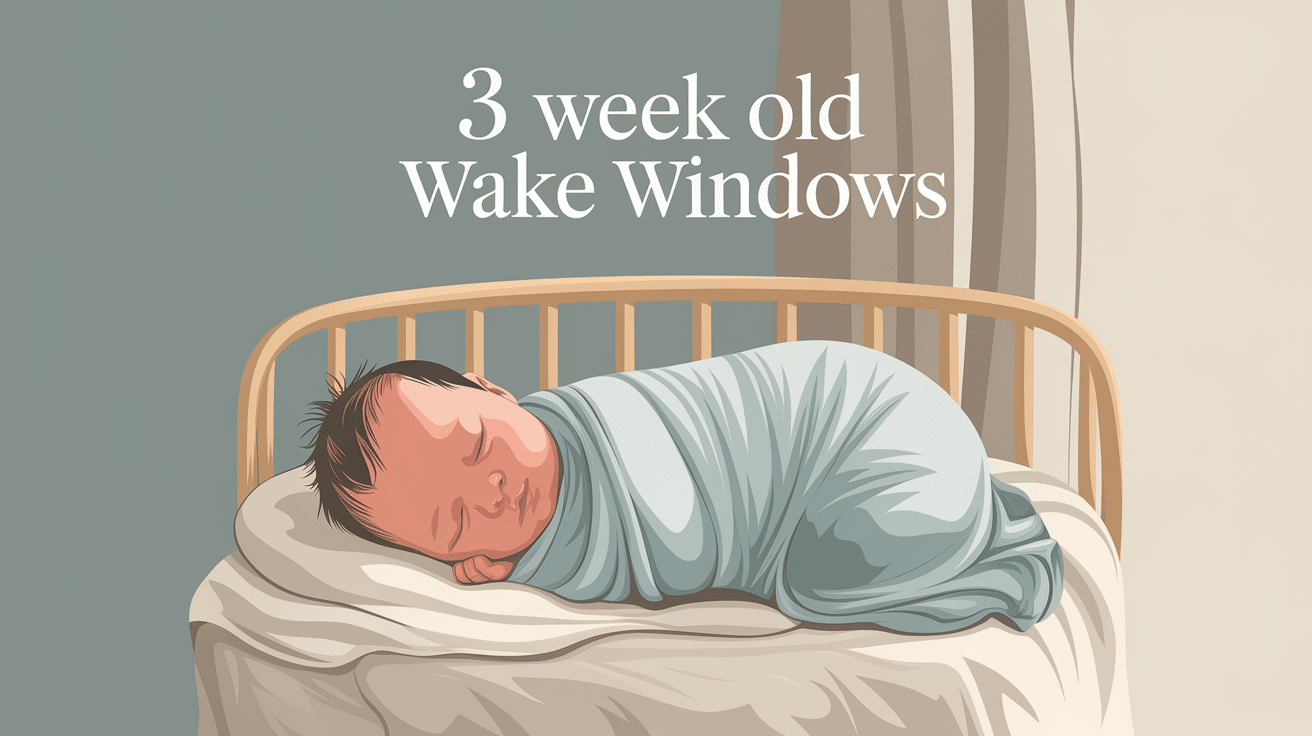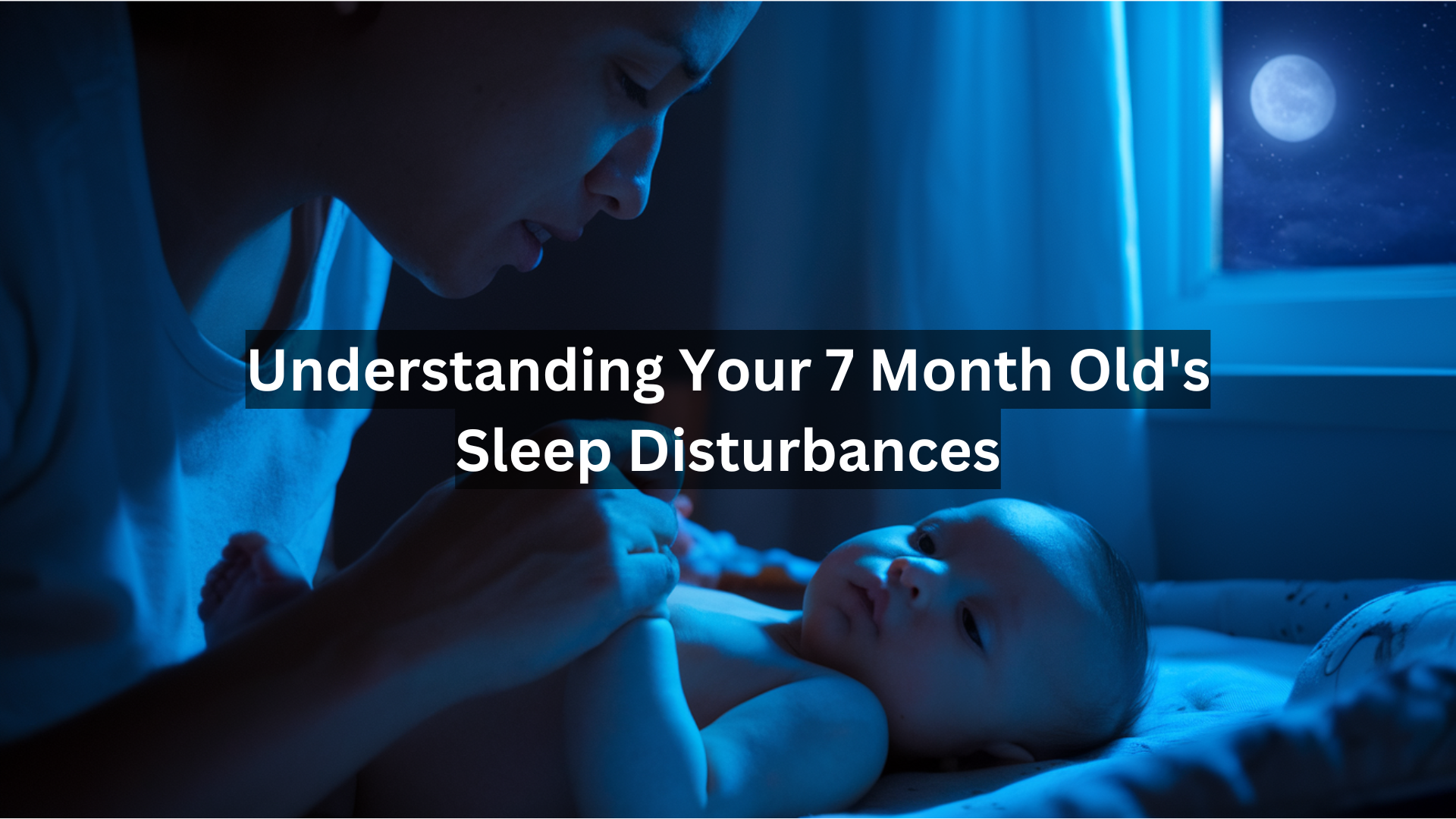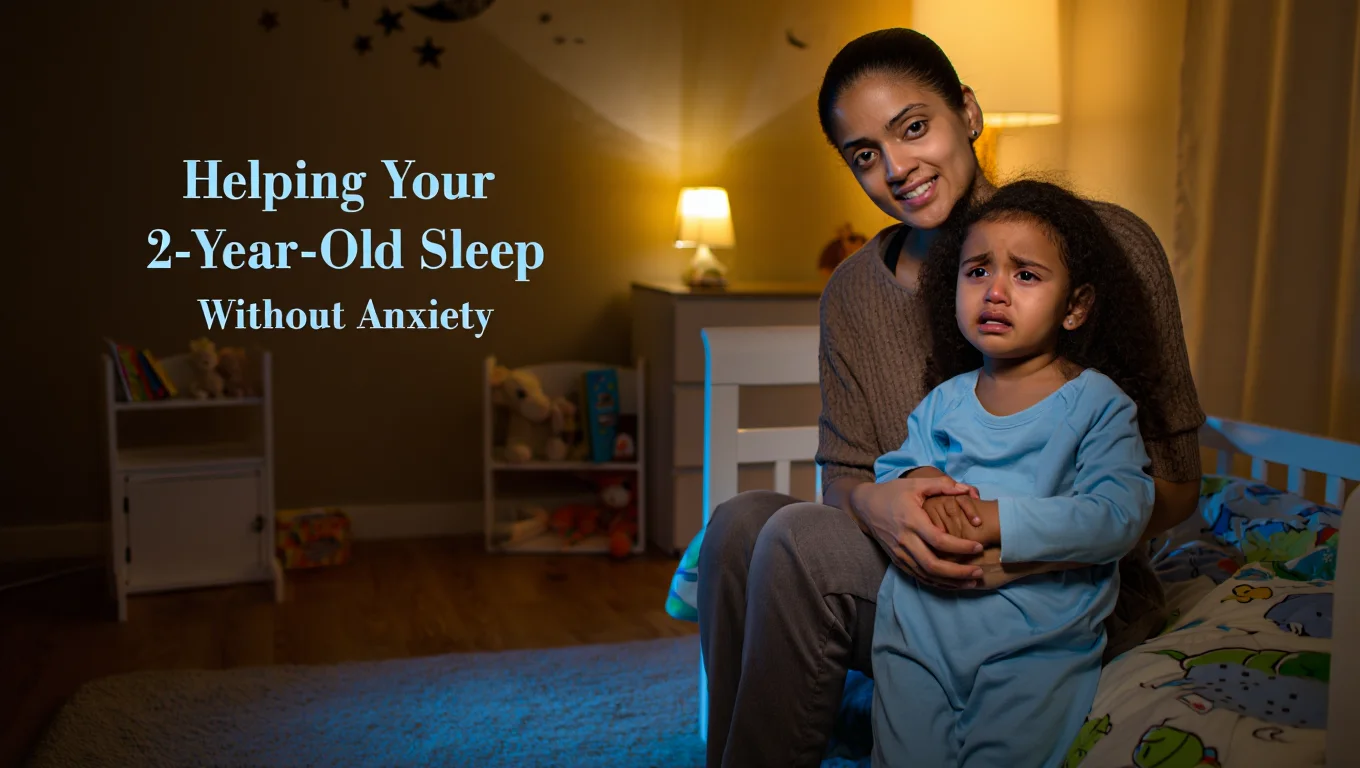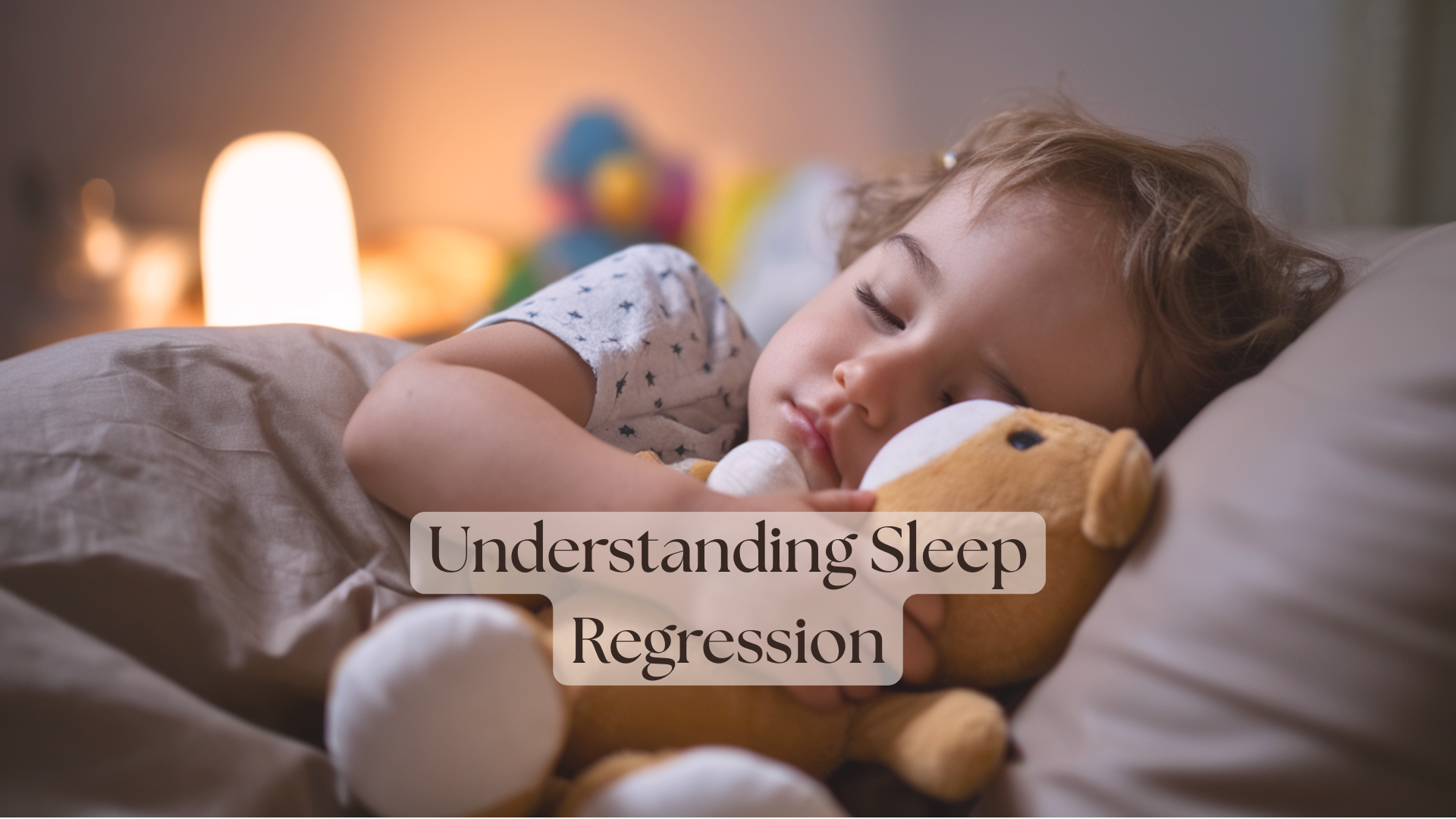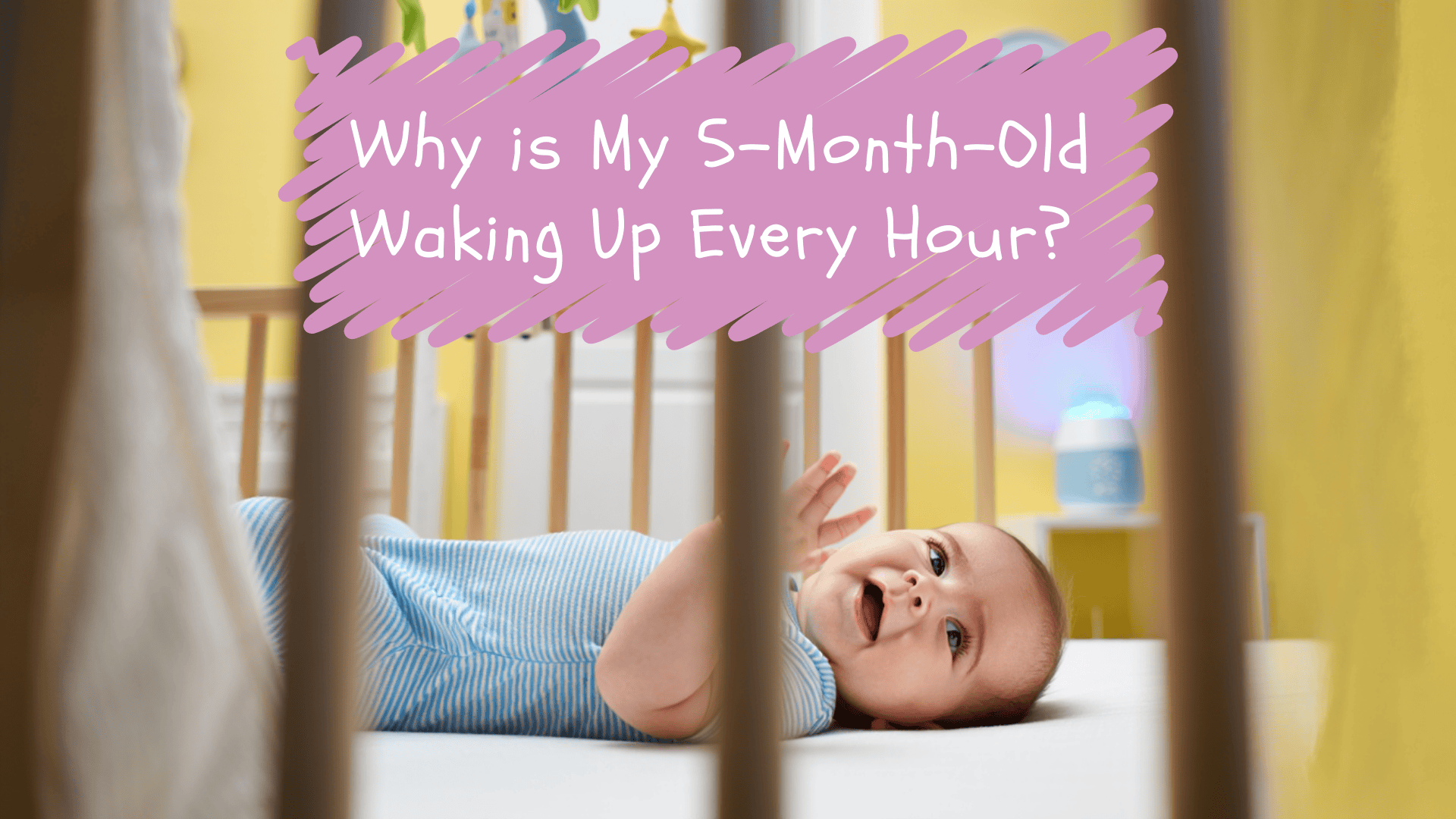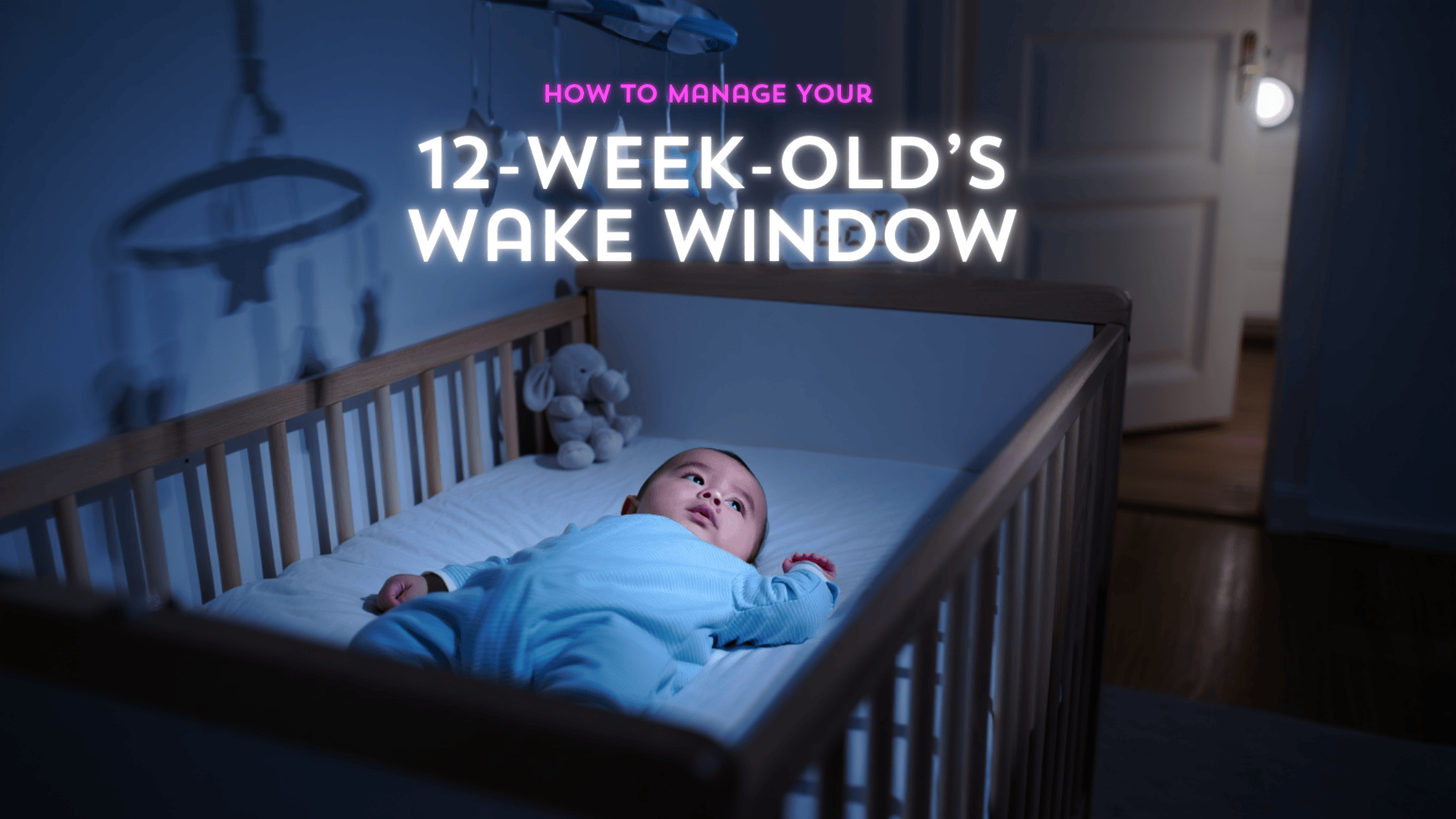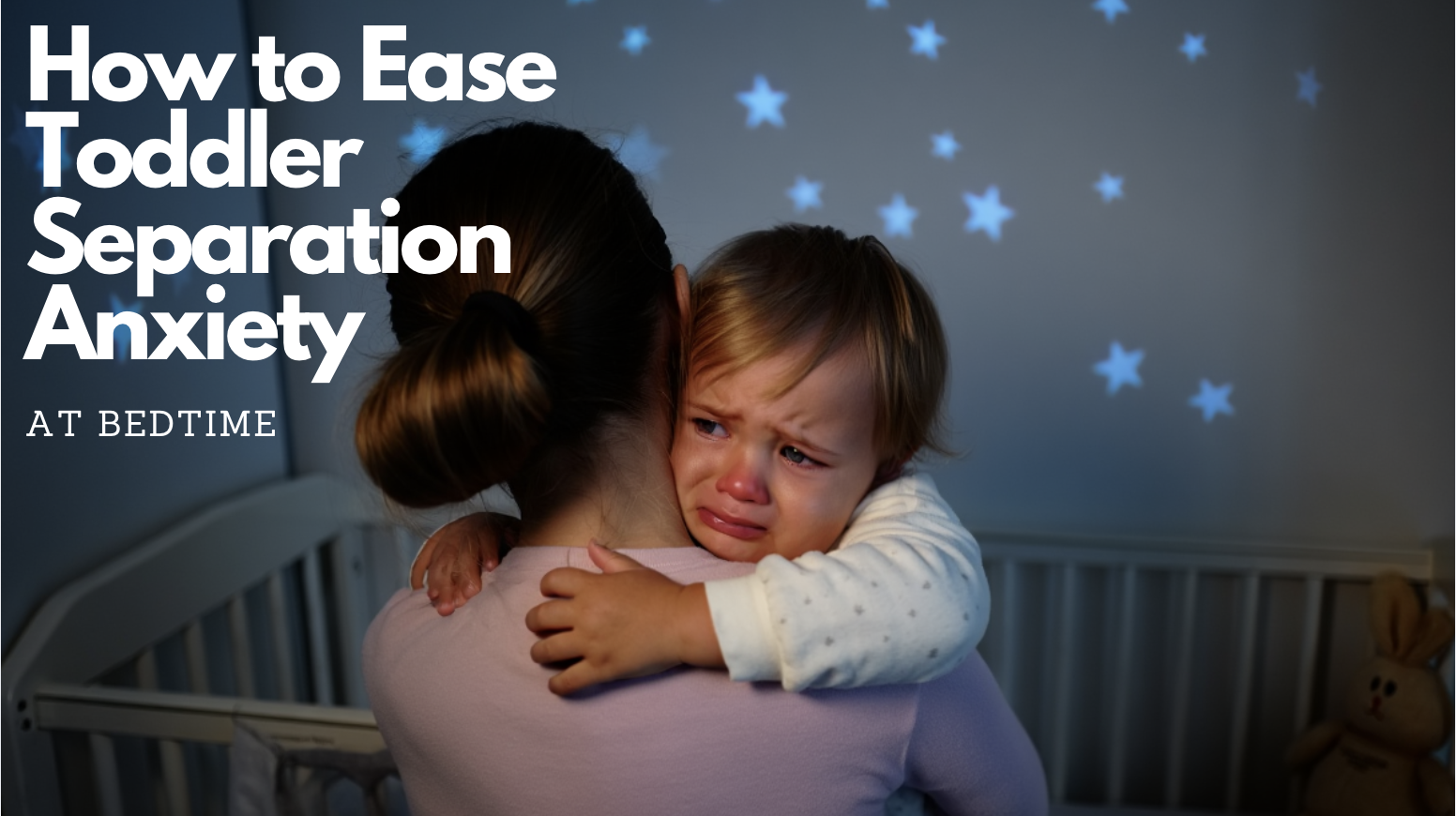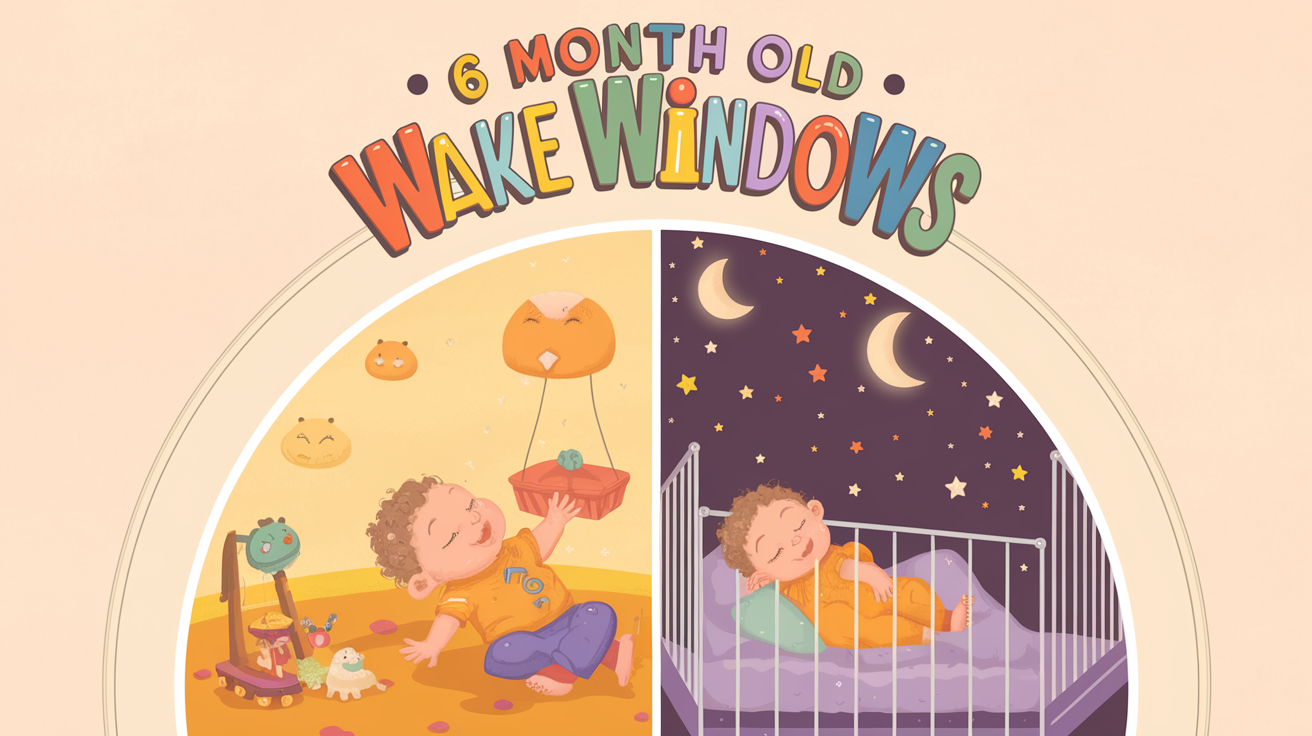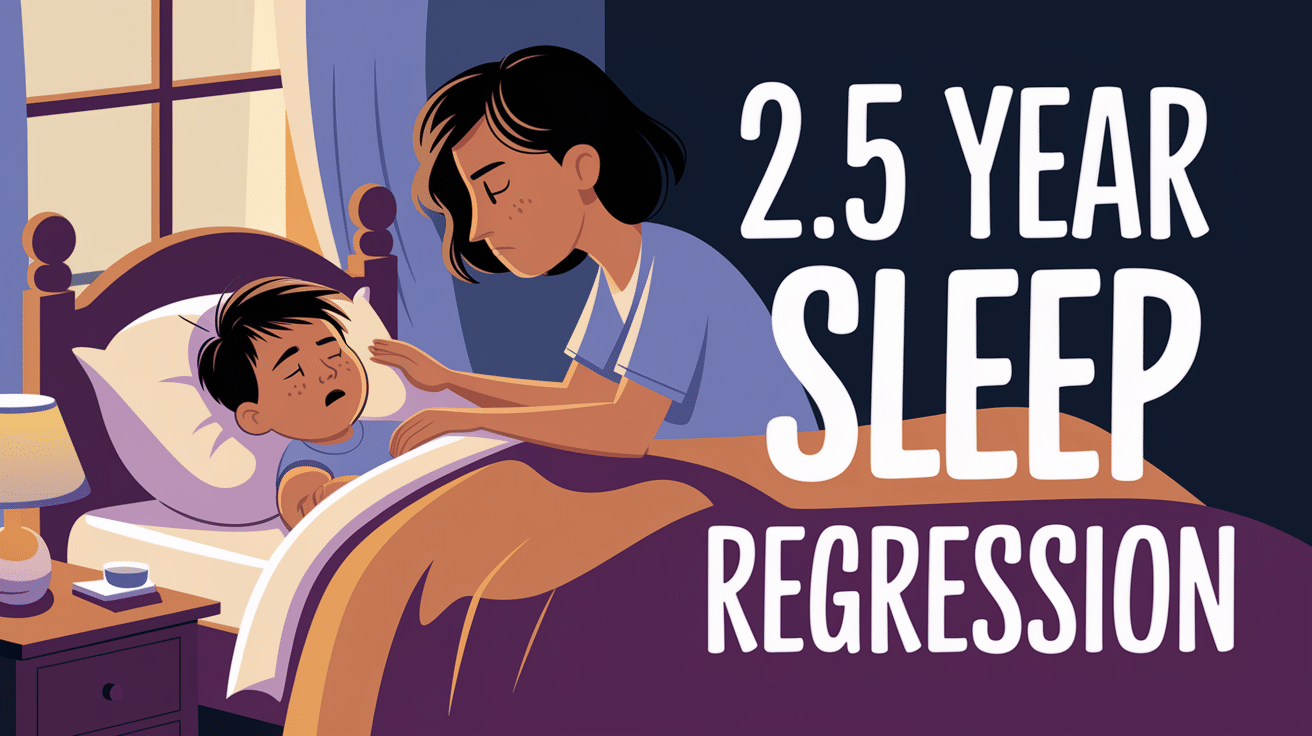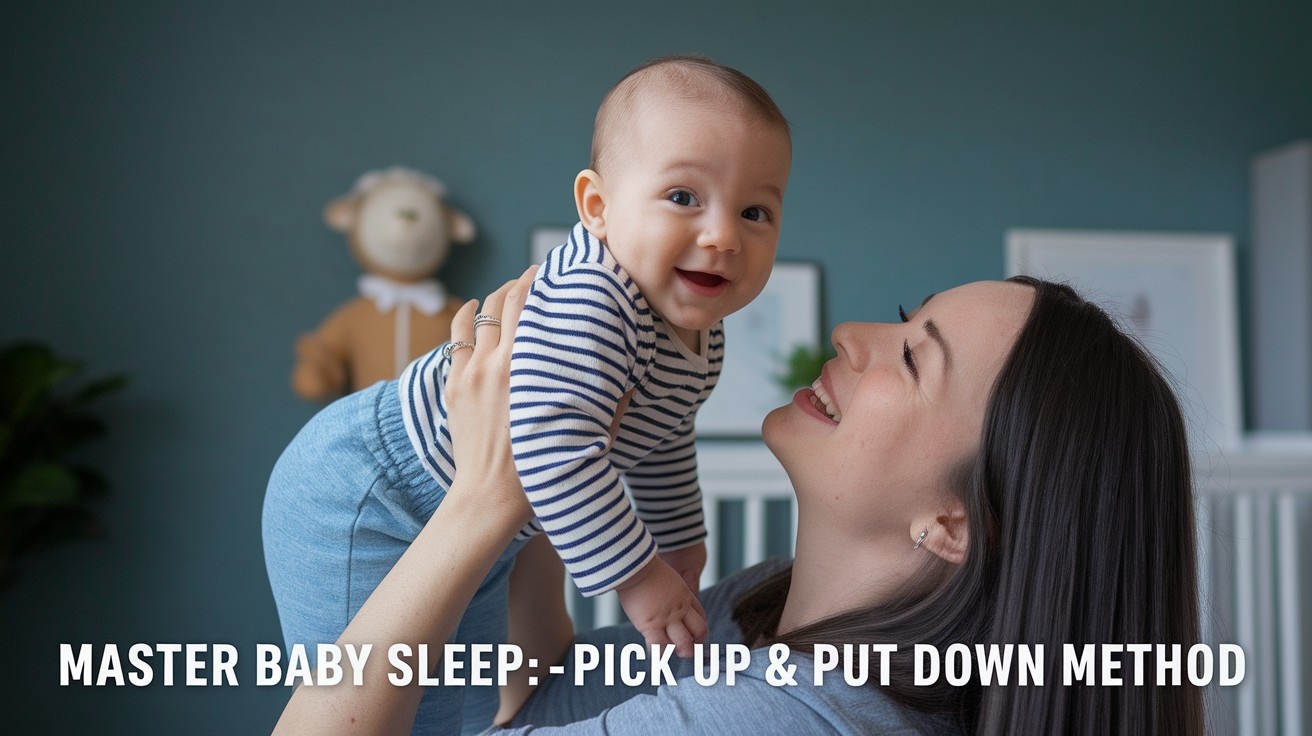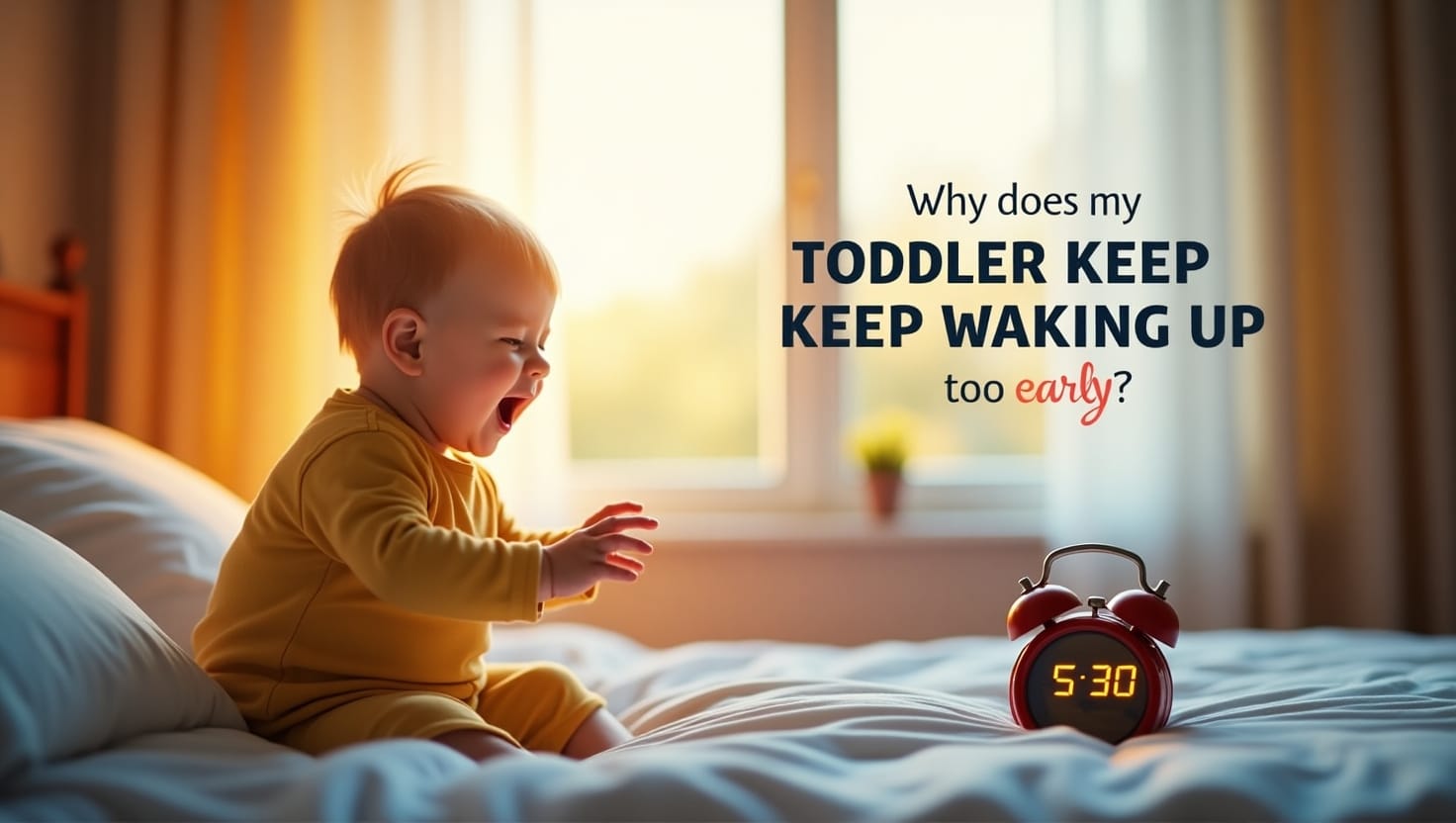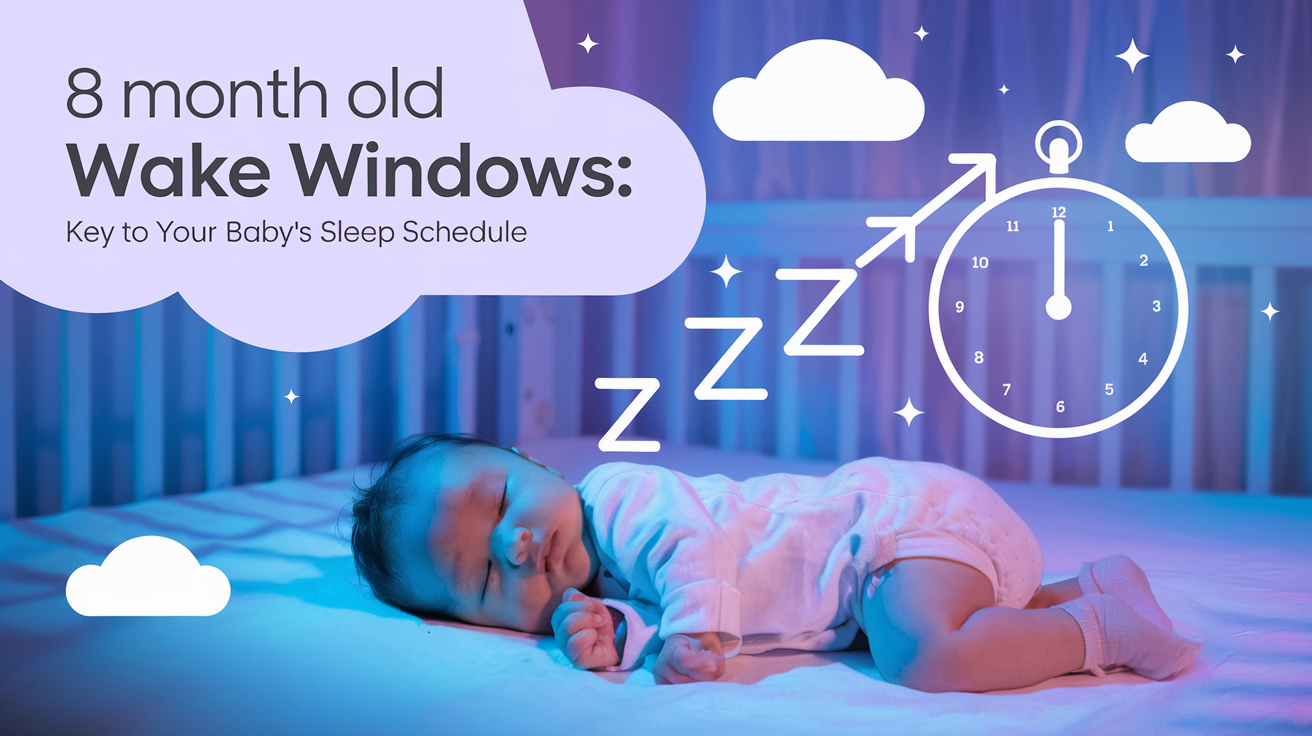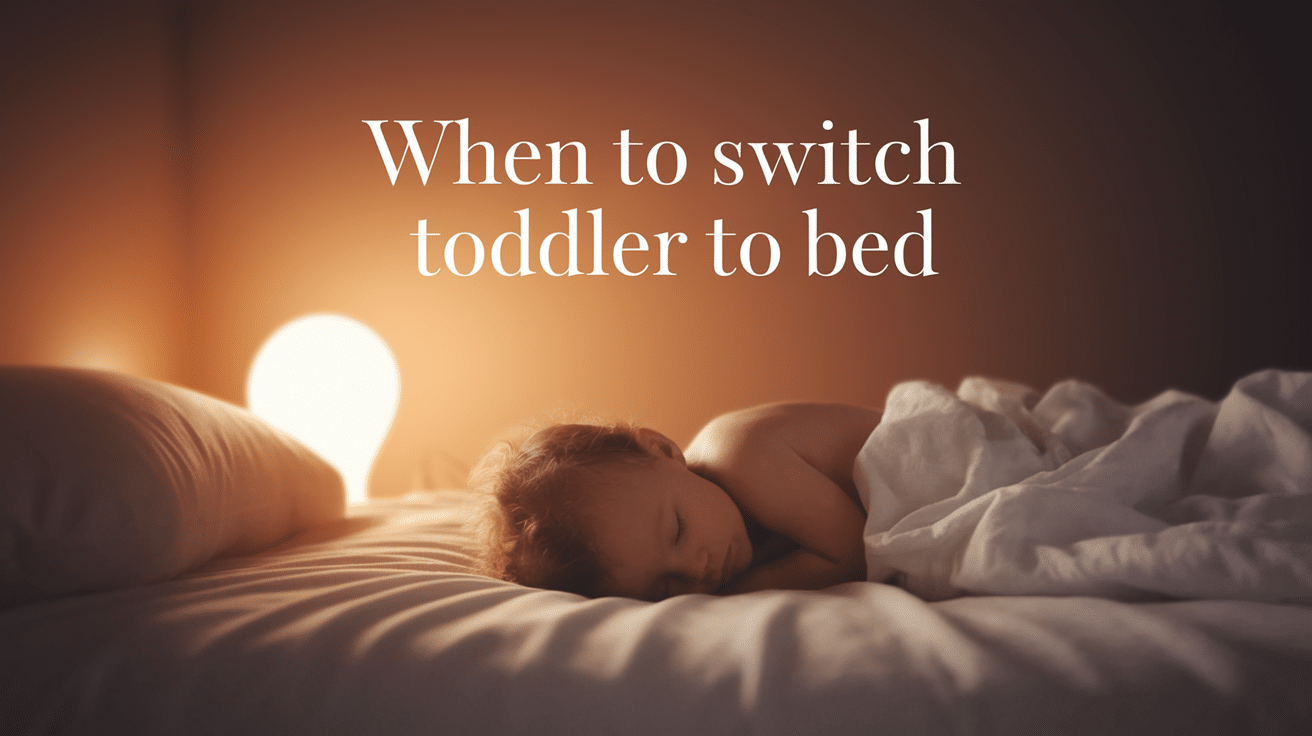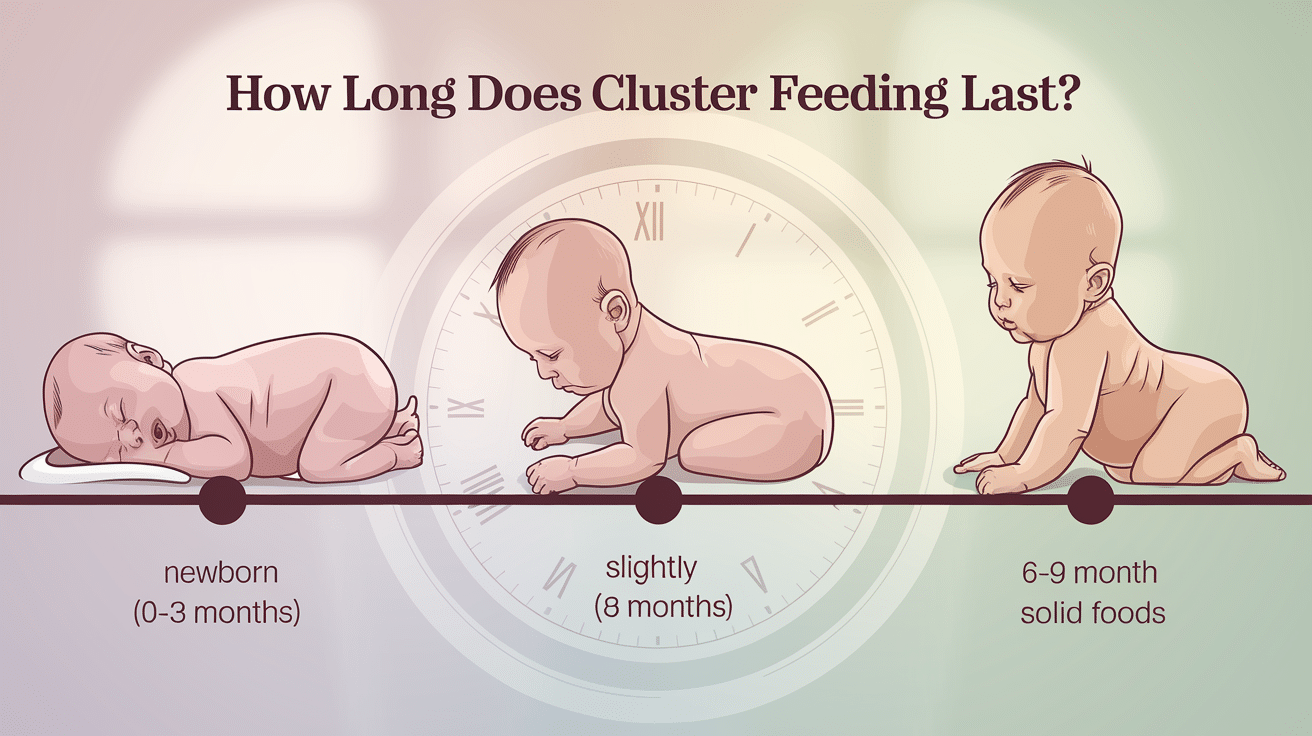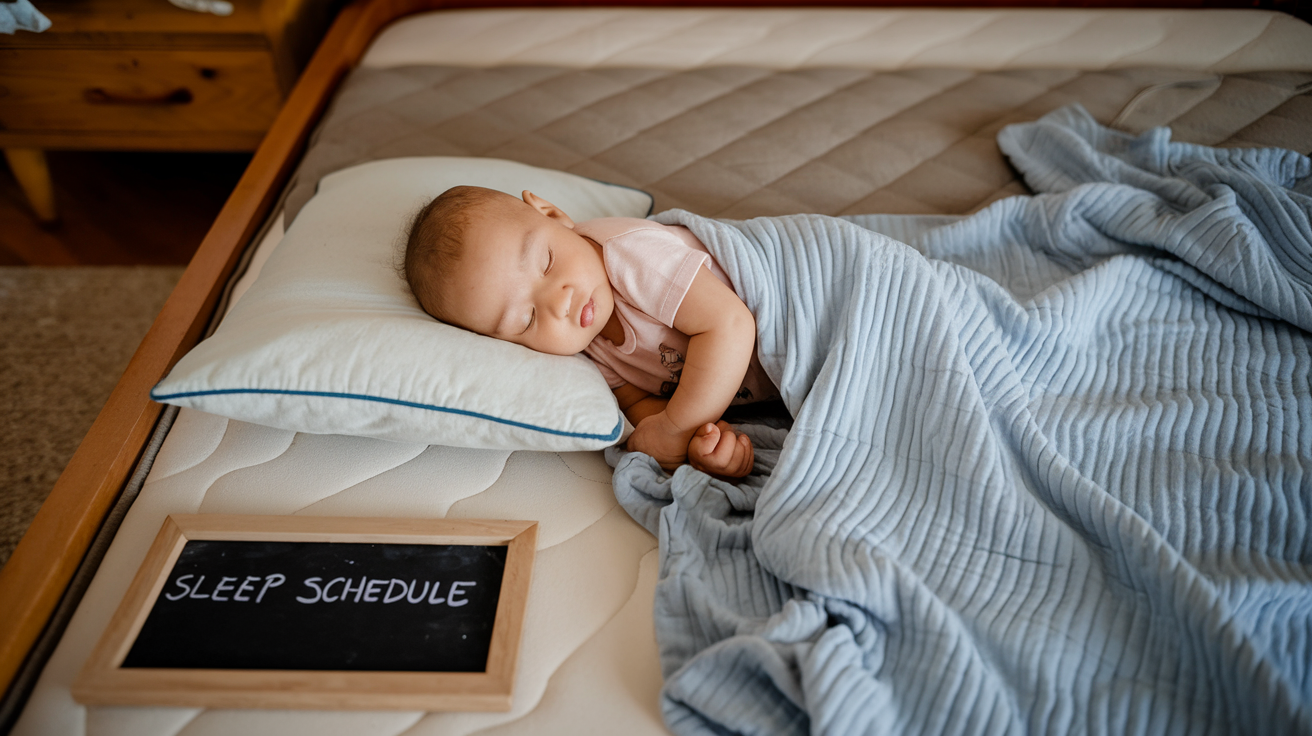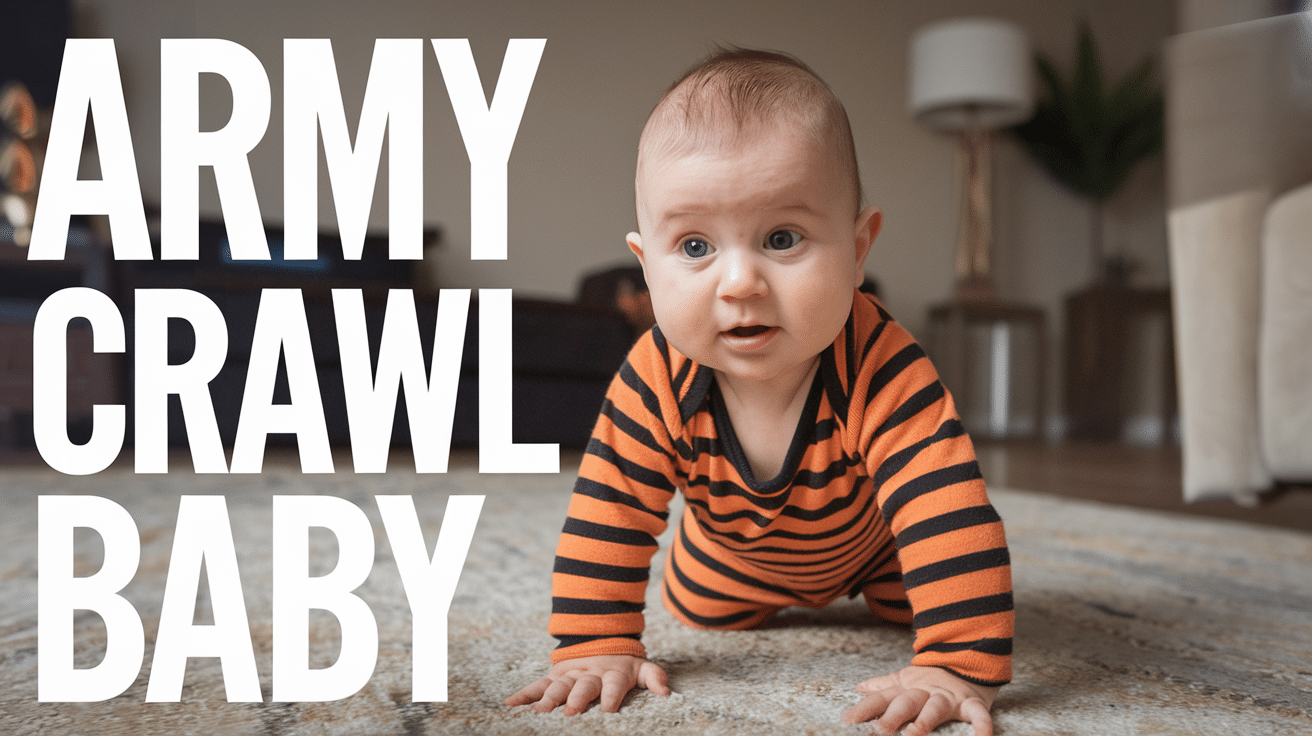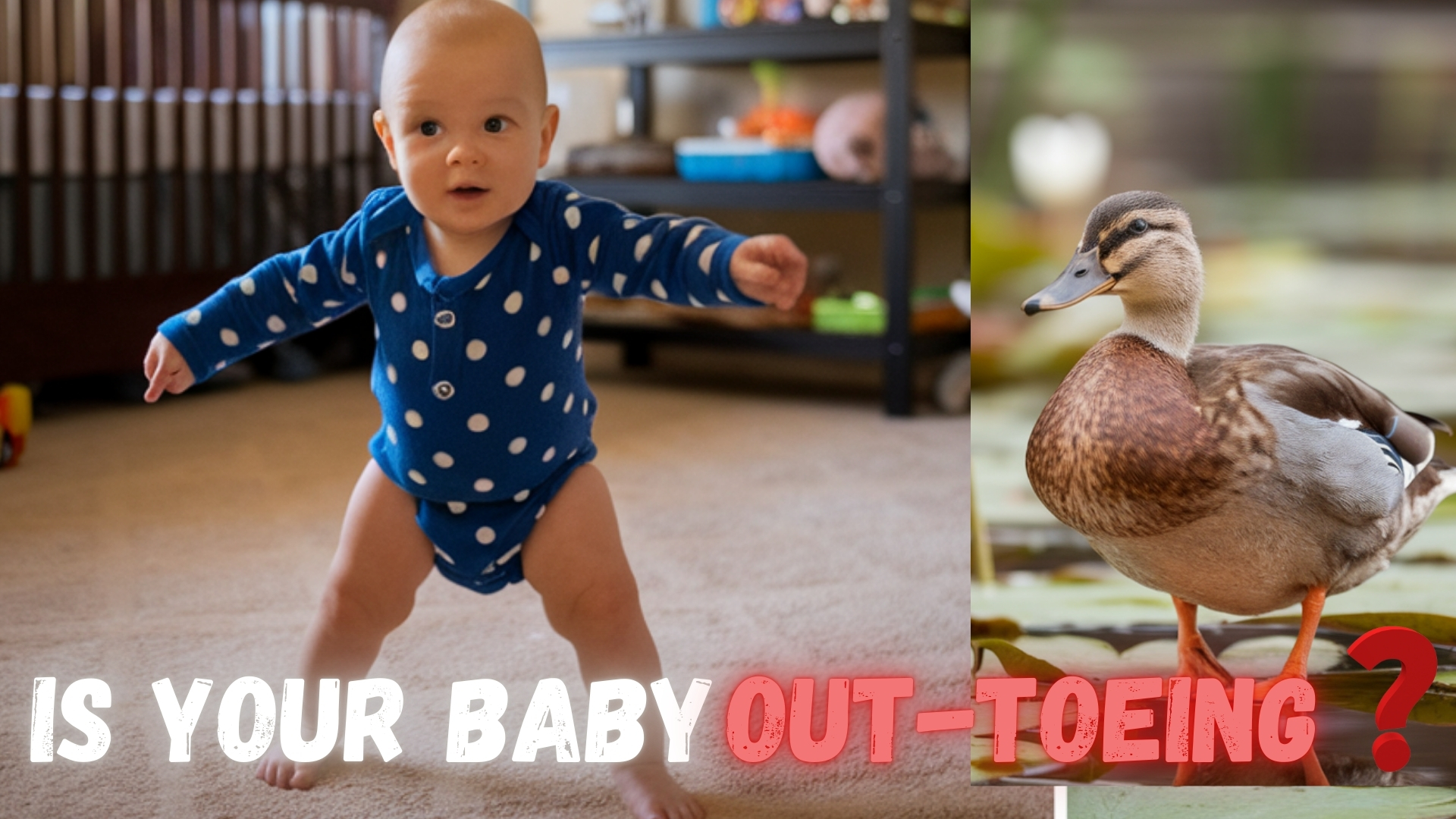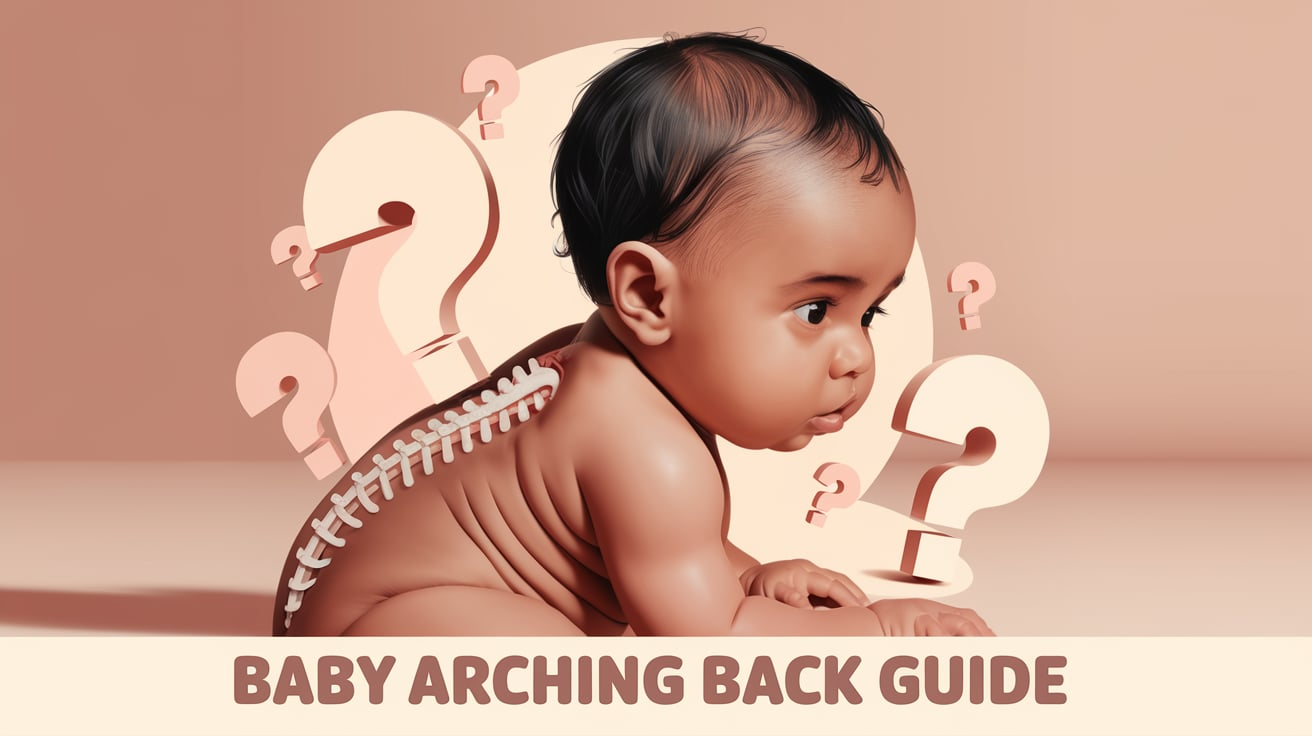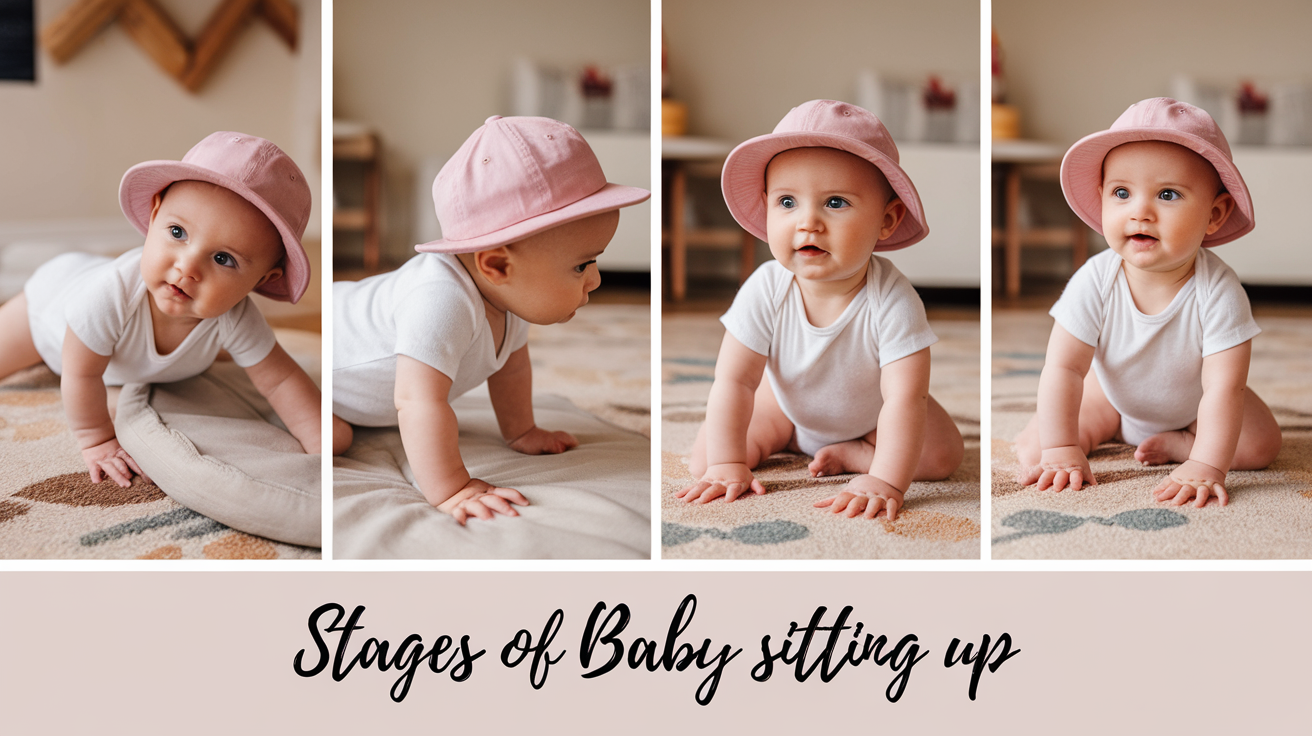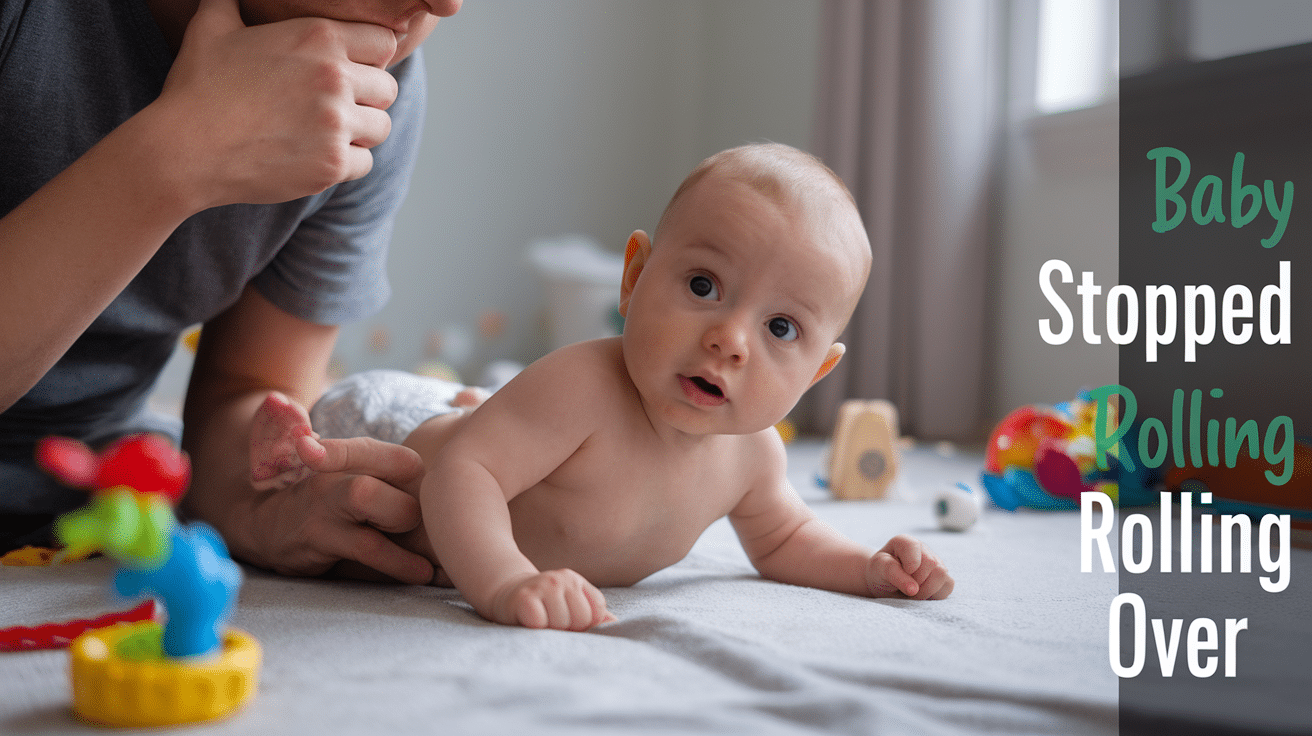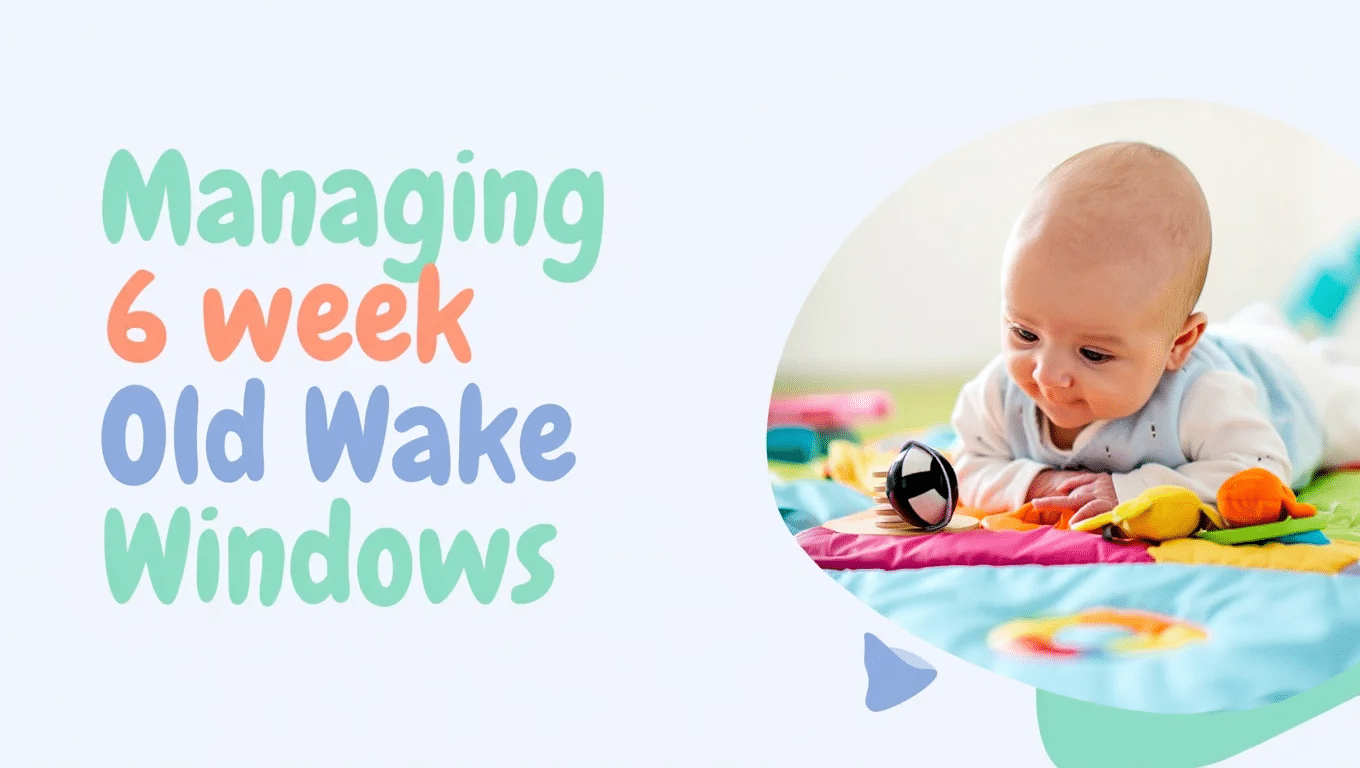
Are you tired and wondering when your 6-week-old should be awake or asleep? Many new parents feel confused about their baby’s sleep patterns during these early weeks.
Managing your baby’s wake times can make days smoother for both you and your little one, helping everyone feel more rested and happy.
Babies at 6 weeks old need special wake window timing that matches their growing bodies and developing brains. When you follow the right schedule, your baby will be happier during awake times and sleep better at night.
Keep reading to find a guide to managing wake windows, a sample daily schedule, some common mistakes parents make, and tips to improve sleep for you and your little 6-week-old!
What Are Wake Windows?
Wake windows are the times during the day when your baby is awake between naps. These windows start from the moment your baby wakes up until they go back to sleep.
Wake windows begin from birth, with newborns having very short wake periods, sometimes as little as 30-45 minutes.
Why Are Wake Windows Important?
Wake windows are important because they help babies get the right amount of sleep for their age. When babies stay awake for the right amount of time, they don’t get too tired or not tired enough.
This helps them sleep better and longer. Good sleep helps brain growth, mood, and overall health.
Benefits of Proper Wake Windows
- Better night sleep with fewer wake-ups
- Happier, less fussy baby during awake times
- Stronger brain development from quality sleep
- Easier to establish a daily routine for the whole family
- Helps prevent sleep problems as your baby grows
Wake Window for 6-Week-Old

A wake window for a 6-week-old baby is usually 60-90 minutes. This is the time your baby can stay awake between naps without getting too tired.
During these wake windows, your baby might enjoy looking at high-contrast toys, having tummy time, or listening to you talk or sing.
Some babies also like being carried around to see different parts of the house. These short awake periods are perfect for gentle play, diaper changes, feeding, and bonding with your baby.
Many parents use this time to talk to their babies, which helps with language development even at this young age.
Watch for signs that your baby needs sleep again. These signs include rubbing eyes, turning away from toys or people, fussing, yawning, or becoming less active.
When you notice these signs, it’s time to start your sleep routine before your baby gets too tired and has trouble falling asleep.
How to Find the Perfect Wake Window for Your Baby?

Finding the right wake window for your 6-week-old baby can help create better sleep patterns and happier days. Here are simple steps to see your baby’s perfect wake window
Step 1: Start by Observing!
- Watch for when you spot signs such as yawning, eye rubbing, or fussiness
- Start with 45-60 minutes of awake time for a 6-week-old
- Notice when your baby becomes cranky or overstimulated
Step 2: Track and Adjust Accordingly
- Keep a simple sleep log for a few days to spot patterns
- Track your baby’s mood and behavior during awake time
- Try putting your baby down for a nap at the first sign of tiredness
Step 3: Fine-Tune as Needed
- Adjust wake windows by 5-10 minutes if your baby fights sleep or wakes too early
- Remember that morning wake windows are often shorter than afternoon ones
- Be flexible, as wake windows can change day by day
Stay patient as you learn your baby’s unique sleep needs. Remember that most 6-week-old babies can only stay happily awake for about an hour.
When you find the right wake window, your baby will fall asleep more easily and sleep better.
Sample 6 Week Old Wake Window Schedule
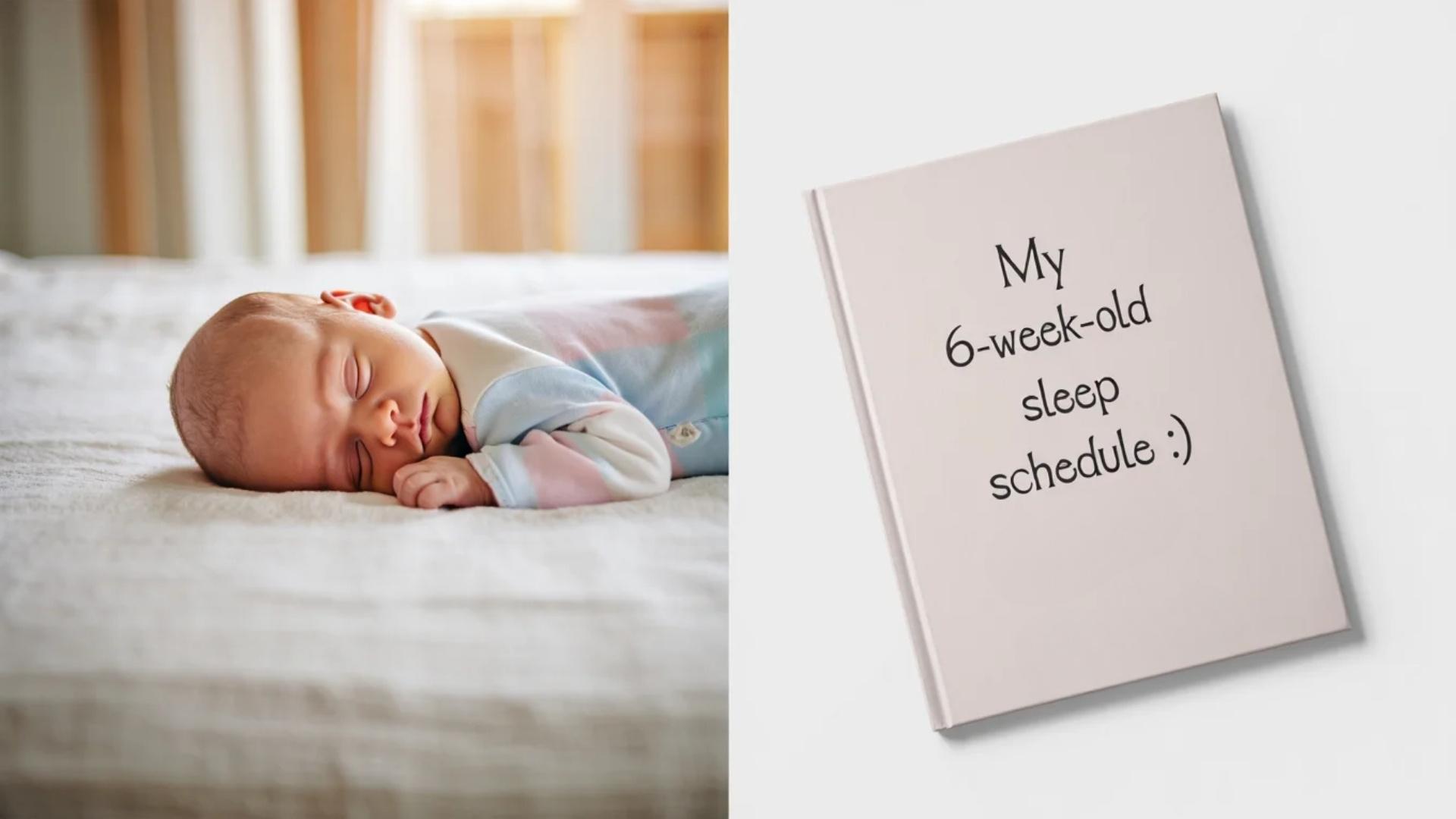
Here’s a sample 6-week-old wake window schedule you can refer to before making your own. Remember not to copy it directly and apply it to your baby; instead, modify it according to your baby’s needs.
| Time | Activity | Notes |
| 07:00 | Wake Up, Feed, Diaper Change | Wake window starts: 45–60 min. Gentle cuddle or play after feeding. |
| 7:45–8:00 AM | Nap 1 (1–2 hours) | ~1.5 hr sleep. Watch for cues like yawning or fussiness to time it. |
| 9:15–9:30 AM | Wake, Feed, Tummy Time | Wake window: 60–75 min. Quiet interaction to avoid overstimulation. |
| 10:15–10:30 AM | Nap 2 (1–2 hours) | ~1.5 hr sleep. Adjust based on baby’s energy and previous nap length. |
| 11:45–12:00 PM | Wake, Feed, Brief Play | Wake window: 60–75 min. Use high-contrast toys or soft talking. |
| 12:45–1:00 PM | Nap 3 (1–1.5 hours) | ~1.25 hr sleep. A calm setting helps the baby wind down. |
| 2:00–2:15 PM | Wake, Feed, Stroller Time | Wake window: 60–90 min. Gentle outdoor walk if possible. |
| 3:00–3:15 PM | Nap 4 (1–1.5 hours) | ~1.25 hr sleep. It may be shorter if earlier naps were long. |
| 4:15–4:30 PM | Wake, Feed, Bath or Calm Play | Wake window: 60–90 min. Dim lights, warm baths, or snuggles. |
| 5:15–5:45 PM | Nap 5 (Optional, 30–60 min) | ~0.75 hr sleep. May skip if baby’s well rested; move bedtime earlier. |
| 6:00–6:30 PM | Wake, Feed, Bedtime Routine | Wake window: 60–90 min. Swaddle, lullaby, or white noise. |
| 7:00–7:30 PM | Bedtime (9–12 hours, with wake-ups) | ~10–11 hr sleep with 1–3 nighttime feeds (e.g., 11 PM, 3 AM). Keep dark. |
How do Wake Windows Change Over Time?
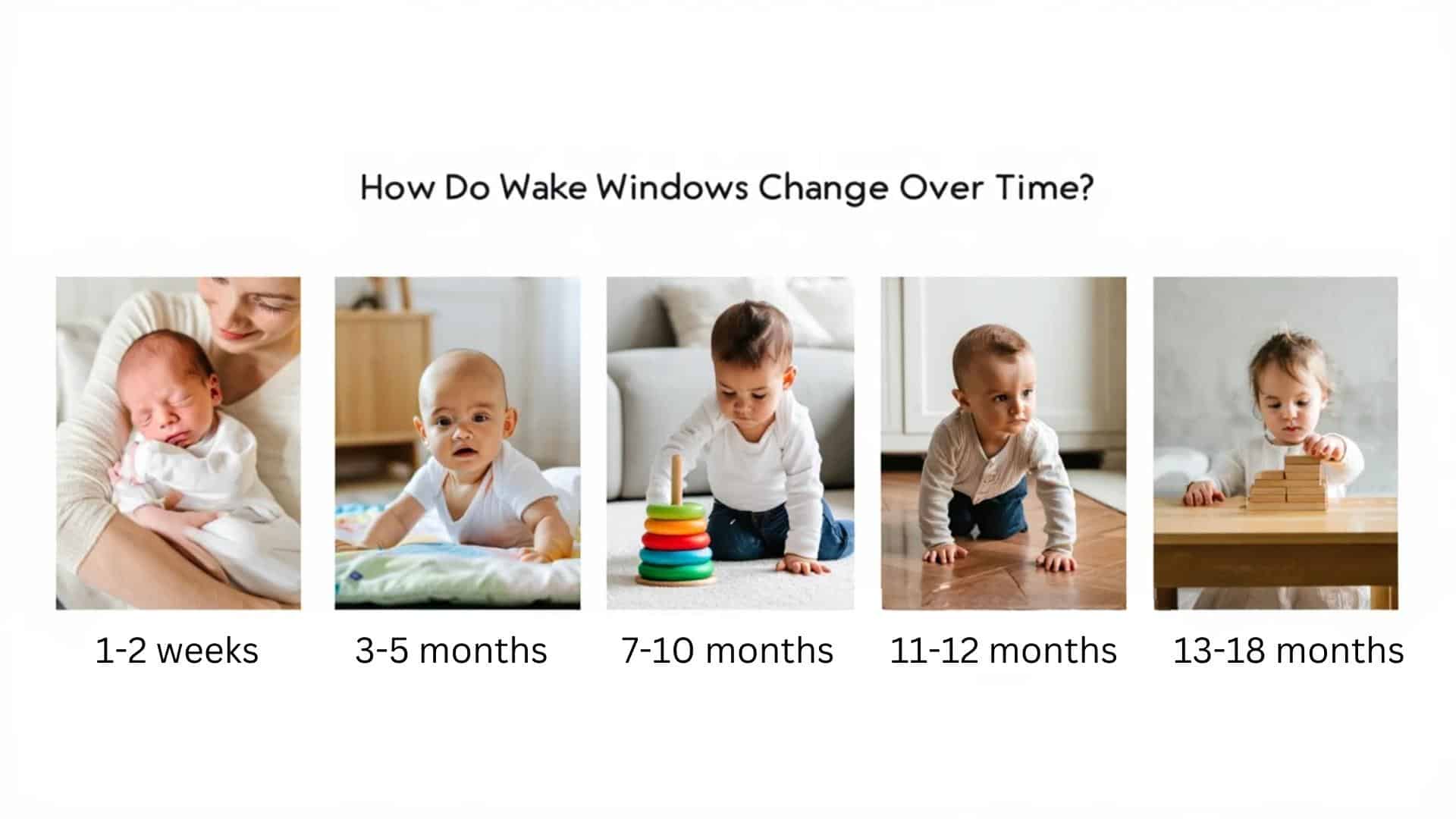
Babies change quickly in their first year of life. At 6 weeks old, babies can usually stay awake for only 45-60 minutes at a time. This short wake window happens because newborns get tired very fast.
Their little bodies are working hard to grow and learn about the world. As babies get older, their wake windows get longer.
| Age Range | Typical Wake Window |
| Newborn to 2 months | 45–60 minutes |
| 3–4 months | 1–2 hours |
| 5–6 months | 2–3 hours |
| 7–9 months | 2.5–3.5 hours |
| 10–12 months | 3–4 hours |
| 13–18 months | 4–5 hours (with one nap) |
Every baby is different. Some babies might have shorter or longer wake windows than others their age. It’s best to watch your baby’s signs rather than following only the clock.
As babies grow, they need less sleep during the day and can handle more playtime and learning time between naps. This natural change helps them prepare for toddlerhood, when they’ll only need one nap a day.
Common Mistakes To Avoid
Parents make these common mistakes while managing wake windows with their 6-week-old babies. Make sure you are not making these errors:
- Keeping baby awake too long, causing overtiredness and making it harder for them to fall asleep
- Missing sleepy cues like eye rubbing, yawning, or fussiness that show the baby is ready for sleep
- Having a schedule that is too strict instead of following the baby’s natural rhythms
- Expecting all babies to follow the same wake window timing when each baby has different needs
- Not adjusting wake windows as baby grows and develops, since their sleep needs change quickly
- Creating too much stimulation during awake time with bright lights, loud noises, or too many activities
Remember, managing wake windows takes practice. Being patient and watching your baby’s cues will help you both get better sleep.
Final Thoughts
Now you know what to do and how to manage wake windows for your 6-week-old baby. The key is to start gradually and watch how your baby responds.
Pay attention to your baby’s sleepy signs and follow their lead. Don’t pressure your baby to stay awake longer than he/she wants to.
Remember that every baby is different, and so are their wake windows. While most 6-week-olds stay awake for about 30-60 minutes between naps, your little one might need more or less time.
What works for one baby might not work for yours, and that’s completely normal.
Trust yourself as you learn your baby’s unique patterns and needs. With patience and gentle guidance, both you and your baby will find a rhythm that works best for your family.
If you’re interested in more informational content on mothers and babies, feel free to click here and explore other blogs that you might enjoy.
Frequently Asked Questions (FAQs)
How Much Sleep Does Your 6 Week Old Require?
A 6-week-old typically needs 14-18 hours of sleep per day, spread across 3-5 naps and nighttime sleep. Every baby varies, so watch their cues!
What if My 6-Week-Old Falls Asleep During Feeding?
It’s common for babies at this age to doze off while feeding due to their small stomachs and need for frequent meals. Gently rouse them if it’s during a wake window, but don’t force it—sleep needs often trump strict timing.
How Do I Handle Wake Windows During Nighttime Feedings?
Nighttime wake windows are shorter, often just the time for a feed and diaper change (20-30 minutes). Keep it calm and dark to encourage a return to sleep without fully waking them.





